ASUS have taken a very serious approach towards the market segment generically called “computer audiophile” and their new model Essence III arrives as a normal evolution in further developing their range of hi-fi products. Although it is not a producer with eccentric pretentions, the Taiwanese giant has launched over the course of last years model after model, practically covering the entire range of audio cards for desktop PCs & seriously imposing themselves as a contender for Creative, the only one left standing as competition. For the last 4 years, ASUS have addressed the market segment of audio – conscious listeners, by launching a few external devices. The latest addition to this range is Essence III, the current flagship for audio products from ASUS.
The price for Essence III will be around 1,600€ – an amount of money which makes the ASUS’s flagship cater along in a new category, dominated by established producers like Burson, Bryston, Chord, Meridian or the new Sennheiser HDVD800. Taking into account the competition, I’ve been very exigent with Essence III, because the expectations of those interested in headphones amplifiers & DACs at this level are very high.
Design, facilities & ergonomy
Essence III’s design is classic, elegant & discreet. Small leds don’t disturb the view even in pitch black surroundings. The housing is grey in color with a silver front, rounded edges, giving an impression of thing well built. The materials used for it aren’t best in class, Essence III having an iron tin housing, whereas all competition gives the customer aluminum housings. Buttons & volume potentiometers’ wheels are made of quality plastic, nice to the touch & they also seem resistant enough. There is even a discreet led which indicates the position of the potentiometer, very useful in case one uses Essence III as a preamp.
ASUS have chosen to remove the leds which showed the rate of signal sampling. It is a very useful option for verification of proper software settings when one uses the PC & unfortunately it is missing on many devices with airs.
On the front panel there are 3 switches: one for power on/off, one for inputs & outputs selection respectively, and for volume toggle there are dedicated potentiometers for headphones out & lines out. Besides the classical single-ended output for 6.3mm jack, there is also a balanced output with 2x mini-XLR. I don’t know exactly the reason ASUS had used for this decision, but I consider it totally uninspired. All balanced headphones available on the market have 2x XLR with 3 pins (usually older models) or 1x XLR with 4 pins (majority of new models). It’s true that Essence III’s package contains the required adaptors from XLR to mini-XLR, but these don’t help the owners of balanced 2x XLR with 3 pins cables’, furthermore complicating their life through futile extension of the already existing cables. Both Audeze LCD3 or Sennheiser HD800 have as standard or optional from their producers’ XLR balanced cables with 4pins, so I didn’t have the chance to listen but to headphones single-ended out from Essence III.
Behind the apparatus we have all the necessary connections & even some extra stuff. Toslink, AES/EBU, coaxial & USB digital entries and RCA analogic entries in case you want to utilize Essence III as a headphone amplifier paired with another dac. Analogic outputs are single-ended or balanced. On the back panel we can find two switches, one with less usage –for selecting USB 1.0 /2.0 & one for transforming variable analogic outputs into fixed ones.
Internal construction:
One of the main piece de resistance from within Essence III is the 24 steps damper. This works both with RCA/XLR outputs & with headphones outputs. Dampers in steps are the best way for adjusting volume, because they are very precise & they create smaller distortions than classic potentiometers. In the case of Essence III, ASUS has used a damper with repeaters, these being soldered on the apparatus’s PCB. Unlike classic dampers, in this case one can motorize the damper & thus one can use distance control. Yes, it is correct, Essence III has a remote control & a steps damper for volume, an extremely rare & gorgeous combination.
The damper has a slight delay at quick volume changes & if the volume is suddenly adjusted using the volume wheel, one can feel it rise in steps with a slight delay. One more thing to remember is that when one chooses to have the stereo outputs changed from variable to fixed, the volume remains as chosen in that moment. I strongly recommend to set the volume at maximum & after that to make use of the VR Bypass switch.
The remote control is simple & efficient. It can give you the possibility to choose inputs, outputs & volume. I couldn’t wish for more than that, especially that this feature is completely lacking in competition.
Conversion chips used in Essence III are 2x AD1955 from Analog Devices. These are powerful DAC-chips with 123SNR & they support natively sample rates of up to 24bit/192kHz & DSD (Direct Stream Digital) 64/2.8MHz and 128/5.6MHz playback. The topology of the DAC is fully balanced dual mono, with independent power supplies for each channel (L/R). The major advantages of this implementation are minimal interferences between the two channels & much less noise.
ASUS had used with Essence III a multi-PCB layout. The three sections: analogic, digital & power supply are being hardwired on separate boards, thus ensuring smaller interferences & a much cleaner signal. The linear power supply is helped by a toroid multi-rail transformer, specially projected according to ASUS’s specifications. There is a supplementary shielding of the power supply, it being isolated by the rest of components with the help of a metallic enclosure, as one can see in the pictures.
USB connection from Essence III works asynchronously, being understandably & mandatory at this price point, and the implementation is very good. It is based on a powerful chip Cmedia CM6632a, very similar to the one used by Burson Audio for their new optional module which can be mounted into the Conductor. This chip has native rates of sampling of up to 32bit/192kHz & DSD. The entire digital section of Essence III is of quality, the toslink, coaxial & AES/EBU inputs being done via a digital front-end based on the well-known BurrBrown PCM9211 from Texas Instruments. In order to reduce jitter, it has been used custom TXCO (temperature compensated crystal oscillator) oscillators in a dual-clock configuration, having independent oscillators for multipliers of 44.1kHz & respectively 48kHz.
I’ve done a few comparisons between the USB used in ASUS & the USB-coaxial HiFace Two interface from M2Tech & the tables are clearly turned towards the implementation in Essence III. I had used as a transport a Meridian Media Core 200 server & in this case the differences have been small & are more related to personal preferences.
On the PCB dedicated to analogic section from Essence III are being used components at least at the same quality level as for the previous section. Op-amps used are probably the best available at this moment on the market, Muses 02 (60€ apiece!) from New Radio Japan & AD827SQ Ceramics from Texas Instruments. All are socket mounted & they can be changed for a finer tuning of sound based on personal preferences & according to one’s pockets. It will prove to be a hard task choosing better op-amps than those already installed in Essence III, but no one can tell what the future holds for us.
Still here in the analogic section, one can find linear regulators TPS 7A4700 & 7A3301, Wima FKP2 condensers & signal relays from NEC.
Essence III dac-amp for headphones:
Essence III is a fully balanced headphones amplifier, its power being assured by the four LME 49600 amplifiers set in a balanced configuration & by the two LME 49600 amplifiers in single-ended variant. ASUS claims that it can amplify without any problems headphones with impedance up to 600 ohms. As I have already said in the introduction of this article, the decision of ASUS to utilize mini-XLR inputs has made it impossible to test the headphones other than in the classic variant, single-ended. All the observations in this article regarding the behavior of headphones’ amplifier within Essence III are based on this.
We had a huge variety of headphones to test the behavior of the new dac ASUS, this having “to face” top models from Sennheiser (HD650, HD800), Audiotechnica (AD1000, A900x), AKG (Q701, K550) & especially the heavy artillery from Audeze with LCD2/LCD3 models & the new LCD-X and LCD-XC. What a way to listen to music in these conditions!
The new flagship from ASUS has a lightly dark tone, with the bass being full & meaty and the low medium frequency being dense, whilst high frequency sounds are well reproduced & with a good level of details, though less present. HD800 are bright headphones, extremely detailed & with high frequency sounds well reproduced. The aggressiveness & the tendency to over shine of the HD800 have been tamed pleasantly by Essence III, the two components completing each other very well. This behavior has made that HD800 be the most synergic headphones with Essence III, followed closely by LCD3 & LCD-X and at some distance by AD1000.
Against by expectations & the fact that AKG Q701 have a very similar personality like the HD800, they didn’t match almost at all with Essence III. The sound was dry, with a harshness which bothered when playing rhythm & tone changes. In the test system, K550 have been overly superior to Q701 model & although they have been by far the cheapest headphones which I have listened to in this context, I tend to believe that the price /performance ratio has been a fantastic one for them.
It has been an interesting experience hearing the LCD-XC model, the first closed headphones from Audeze. The house’s sound mark has remained unchanged, but due to the closed design, they develop a positive energy in the area of low-medium & bass frequencies, energy which brings a special charm to the audition. I recommend to try Hugh Masekela – Coal Train in this combination, I guarantee a big smile all over your face.
All the headphones in the test have been easily amplified, Asus Essence III proving to be a powerful headphone amplifier & with high power reserves. It doesn’t have selectable gain steps & I didn’t have the possibility to test some high sensitivity IEM to see if that represents a problem, but I think that is not an essential factor. By definition, IEMs are meant for portable devices, and the new flagship from ASUS, weighing 8kilos, is anything but portable.
Essence III in stereo systems:
Testing the qualities of the new model from ASUS in stereo systems has proven to be a lengthy process, I have used not less than six speakers models’ & four different amplifiers. Essence III is quite cold during operation, but it needs a period of adjustment to have maximum efficiency. The day I have tested stereo systems, I had it installed when it was quite cold, being brought from outside, from the car. The sound was flat & timber poorer, suffering a significant improvement after approximately an hour of operation.
After many hours spent testing, the best results I got by using stereo amplifier Gato Amp 150 & Dali Epicon 6 speakers, a conclusion accordant with the nominal value of the respective components, the discussion being about the most expensive amplifier & the most expensive speakers in this test. Using this configuration, Essence III proved that is able to handle a very expensive setup & even if it didn’t do perfect, it surely didn’t make a fool of itself.
Best-buy category has been won quite easily by Bladelius Tyr 2 together with Dynaudio Focus 260, an expensive setup, but anyhow more affordable than the rest. I have only praise to say about the new Bladelius Tyr 2, a very good amplifier & a redoubtable competitor in its price range. Essence III, together with the new Tyr 2 were a match made in heaven, being a better choice than Primare i32.
Sound characteristics specific for Essence III have been as follows:
– deep & precise soundstage, well focused, having the voices of the artists in the middle & a presentation of the instruments & secondary sounds well aerated. The scene is not as large as with M2Tech Young or Burson Conductor, but somewhat deeper. One should mention that the action plan of the artists is a bit behind than in the other DACs mentioned above, the sensation being that the sound comes from a bigger distance. It doesn’t disturb, and according to tastes, it can be a quality or a weakness.
-from timber point of view, Essence III keeps the same dark character, with a nice tone, analogic. I have experienced with a couple of old recordings & I have been pleasantly impressed by how well they matched ASUS’ DAC. I have listen again with pleasure to Edith Piaf – Non, Je ne regrette rien, Creedence Clearwater Revival – Have you ever seen the rain? and not lately Louis Armstrong – Kiss of Fire. The sound has been organic, with a strong live audition feeling, listening to some plays two-three times in a row.
– Essence III is not the most transparent DAC one can find at this price level. M2Tech Young, Burson Conductor or Chord QuteHD give more sound information, especially in the high frequency area, ASUS’ DAC being a bit scarce when it comes to absolute resolution. When Essence III has been matched with Chord CPM 2650 amplifier & in the setup have appeared the unforgiving planar tweeters from Raidho X-monitor, the differences have been quite easy to notice. Besides, Essence III wouldn’t be a match almost at all with CPM 2650 no matter the speakers, being quite obvious that there is a “character mismatch” between the two.
-bass & medium-low frequencies are the traditional strong suits of ASUS’s soundcards & the latest model doesn’t stray from the rule. Starting with Xonar D2/PM up to Essence One Muses Edition, all soundcards from ASUS reproduce very dense the low frequencies. Is that kind of reproduction that makes the big drum from Dire Straits – Money for Nothing sound as a big drum & not like a broken saucepan.
– because of the dense medium frequencies which are well presented, I have listened to some hoarse, throaty voices. As I had anticipated, Essence III sounds very well with Joe Cocker, Rod Stewart or James Brown. I don’t know how many packs of cigarettes does Marla Glen smoke per day, but her one of a kind voice sounds amazing on Essence III, so I had listened twice from start till end her album Best Of, once on speakers & again on headphones.
CONCLUZIONS:
Essence III is without a doubt the best audio product ever launched by ASUS, improving in majority of aspects all the characteristics of its predecessors. It shows a series of facilities which make it almost unique on the market at this moment, being an extremely flexible product which can be mixed in almost any configuration. It is not a perfect product, having a few issues, like the weird implementation of balanced connections for headphones with mini-xlr jacks or the bypass switch for volume control. It is nonetheless a commendable effort from ASUS to create such a complex product, using top solutions & highest quality components.
Achilles’ heel in the case of Essence III can be its price. If it is confirmed around 1,600€, then it will be placed in a market segment where there is a fierce competition & this time is not called Creative or Logitech. Now ASUS has to prove that is rising at the same level with Chord Electronics, Burson Audio, Meridian, Sennheiser, Woo Audio or Bryston, the heaviest names in the industry & only time will tell if it has succeeded or not.
FOR:
– clear evolution against previous models.
– native DSD support.
– remote control.
– damper in steps.
– excellent build, top components.
– very good headphones’ amplifier.
– design classic, discreet & elegant.
– excellent bass.
AGAINST:
– DAC is not at the same level as the headphones’ amplifier.
– wrong implementation of balanced outputs.
– bypass switch for volume is poorly thought.
– high price.


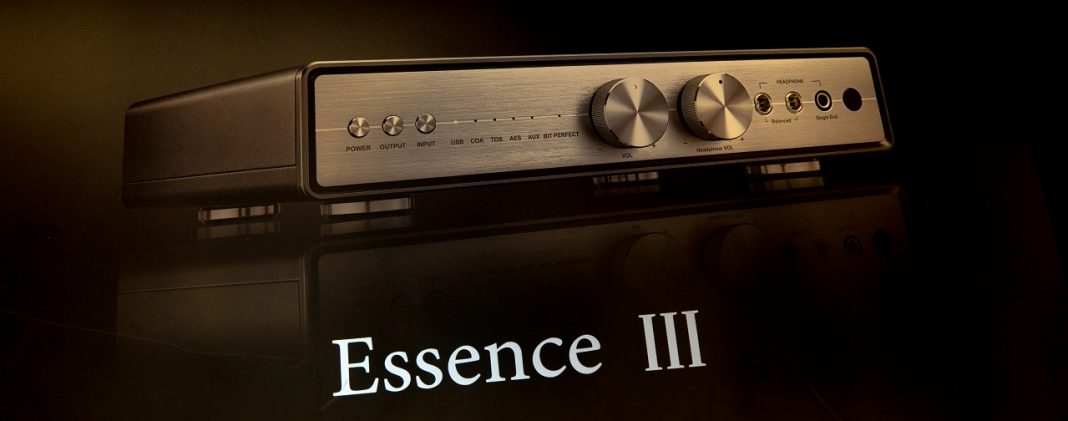
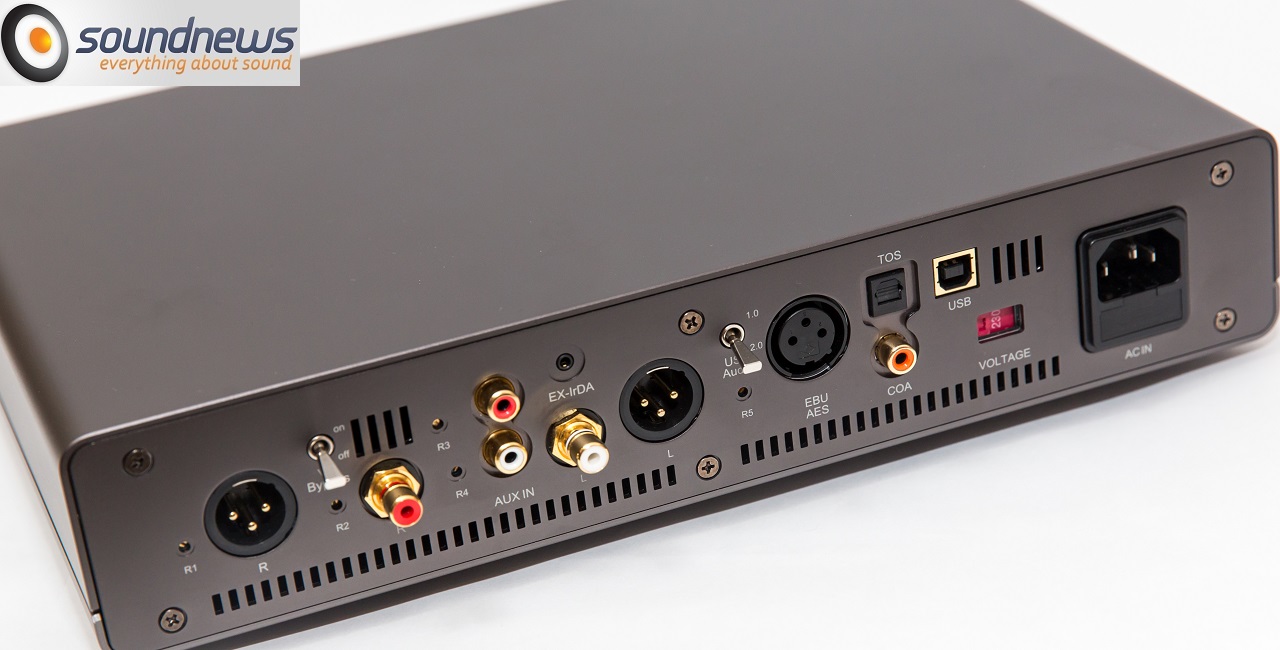
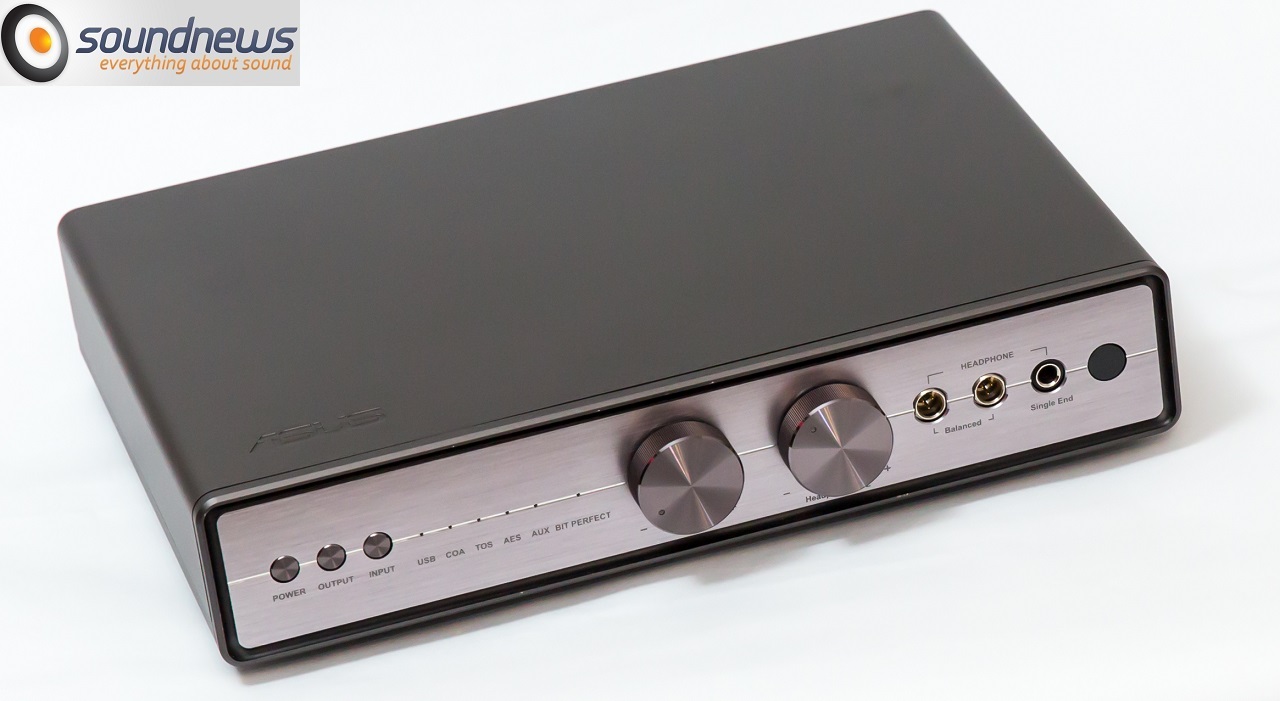
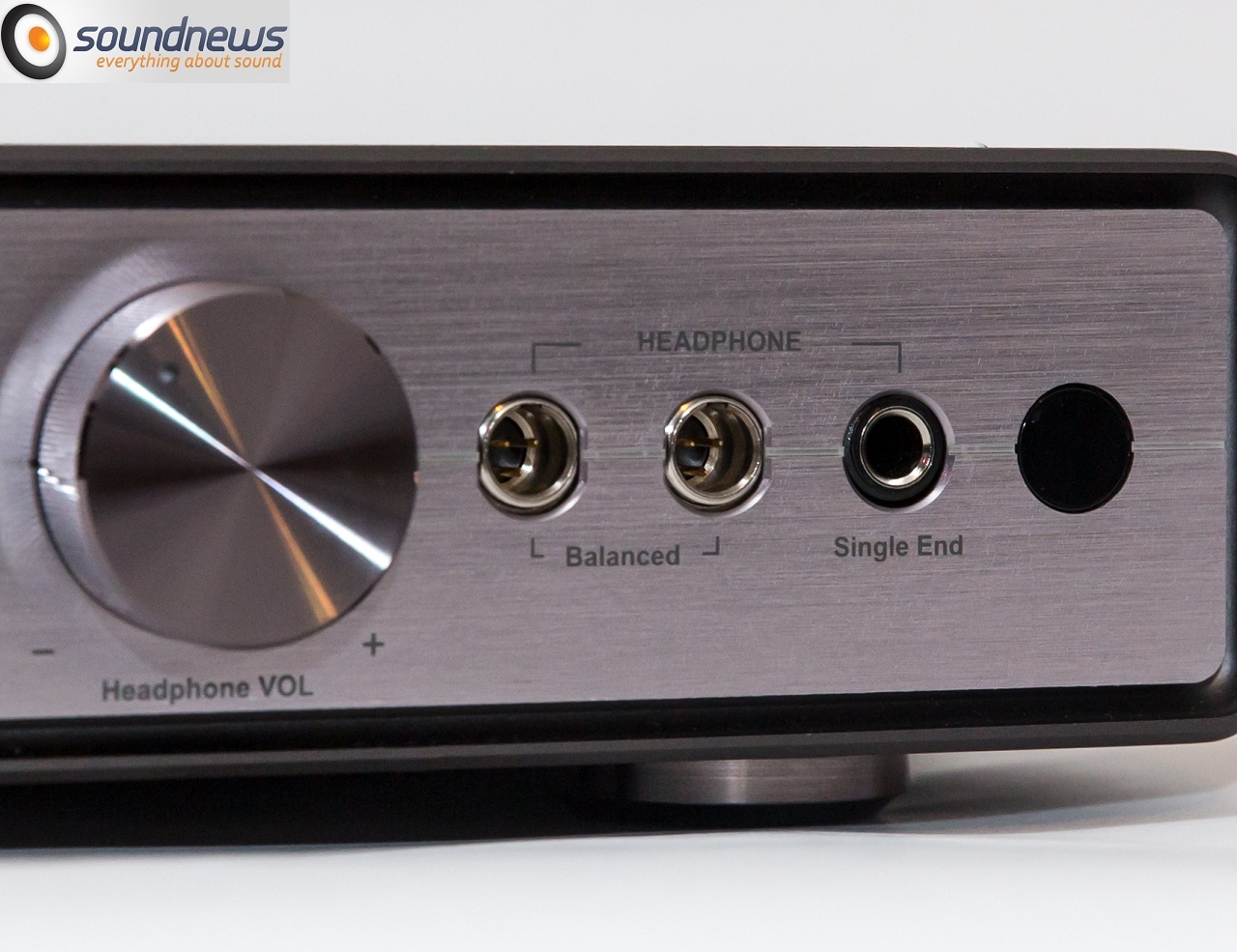

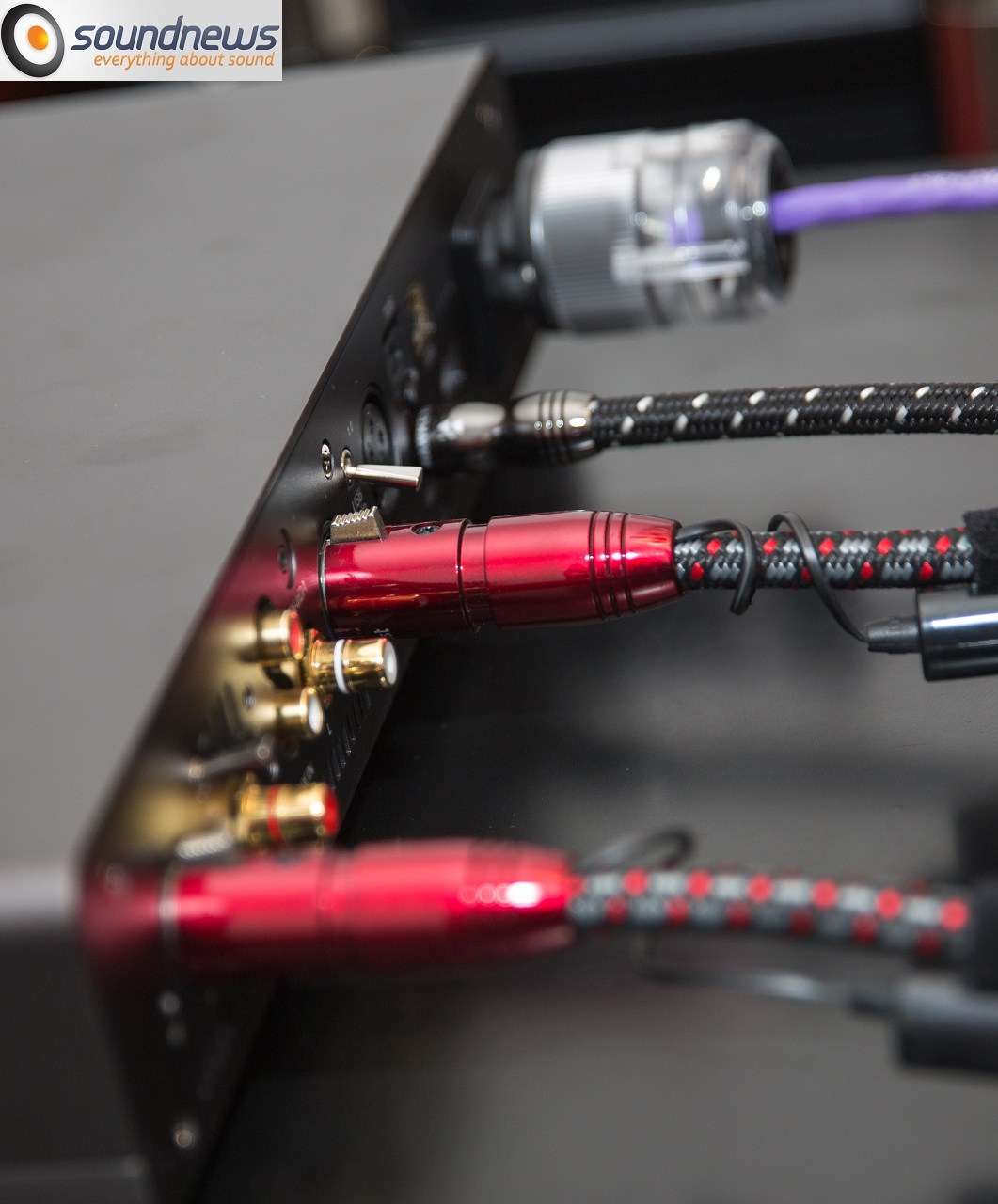

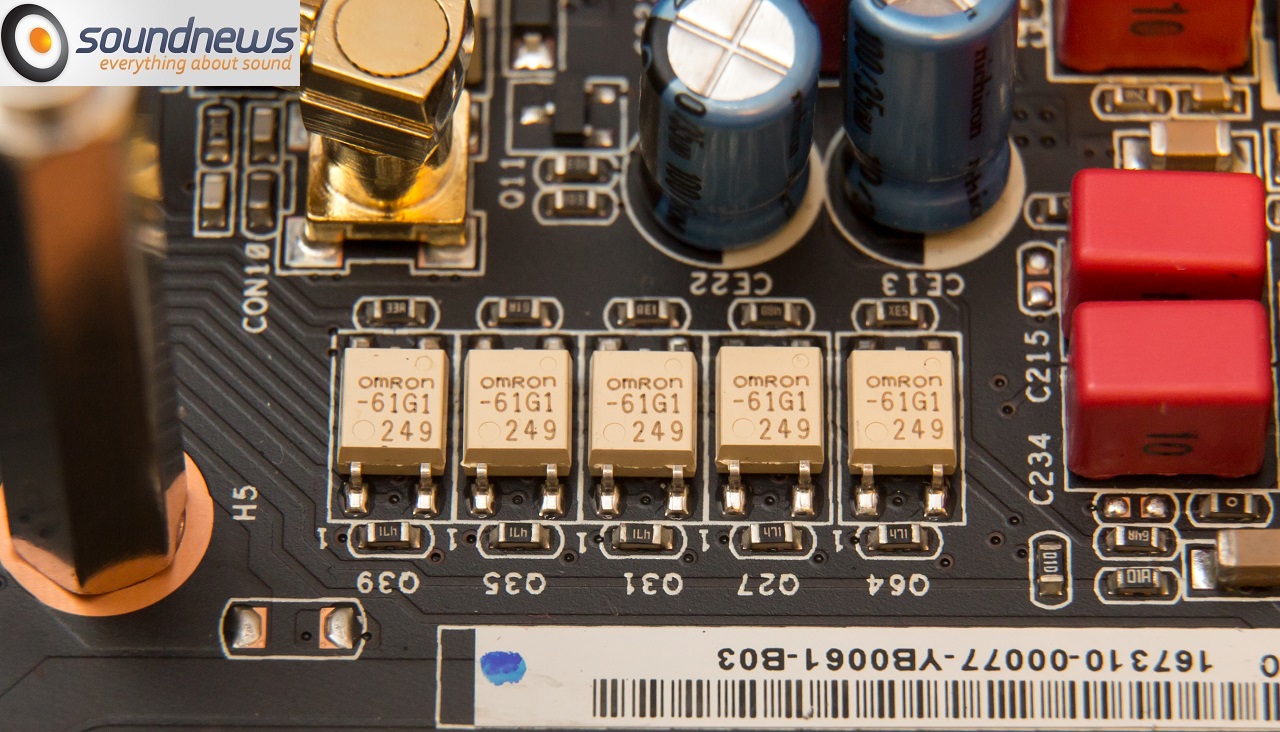
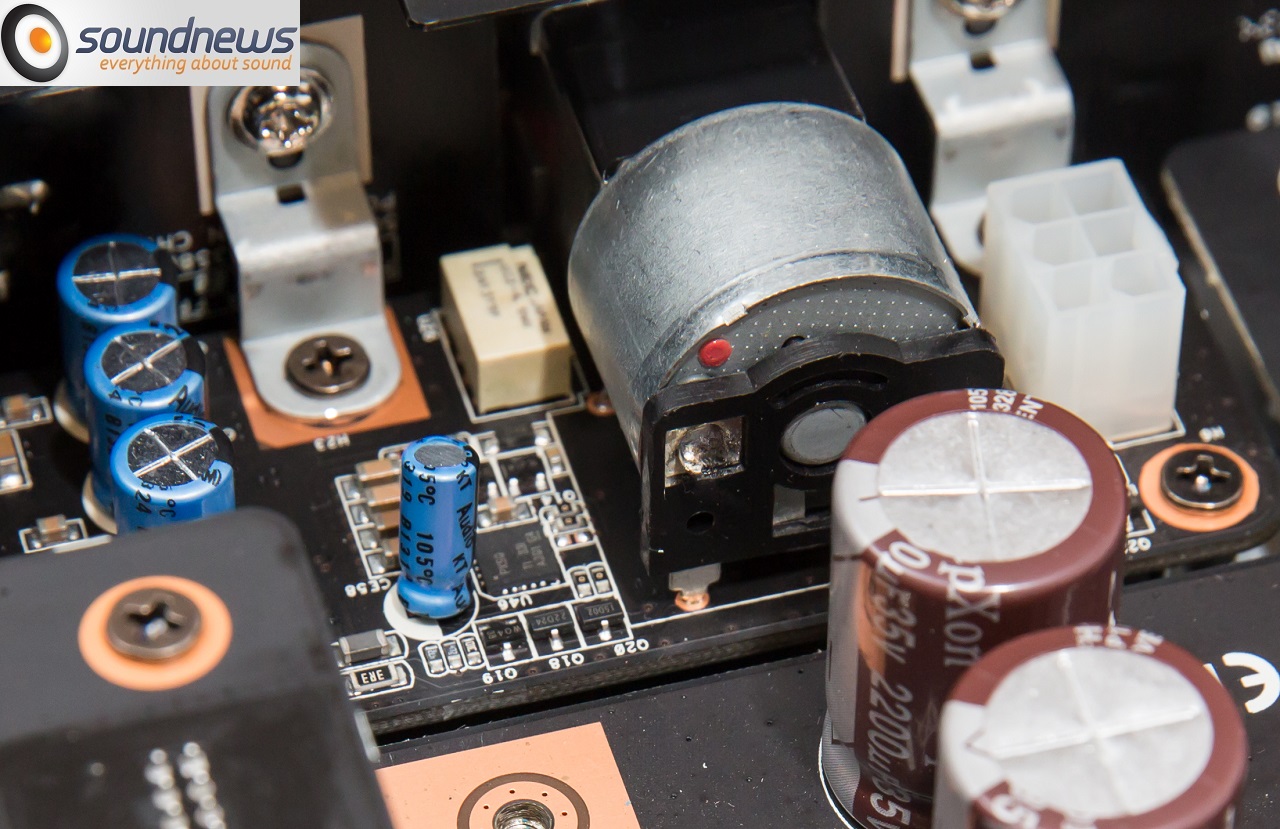
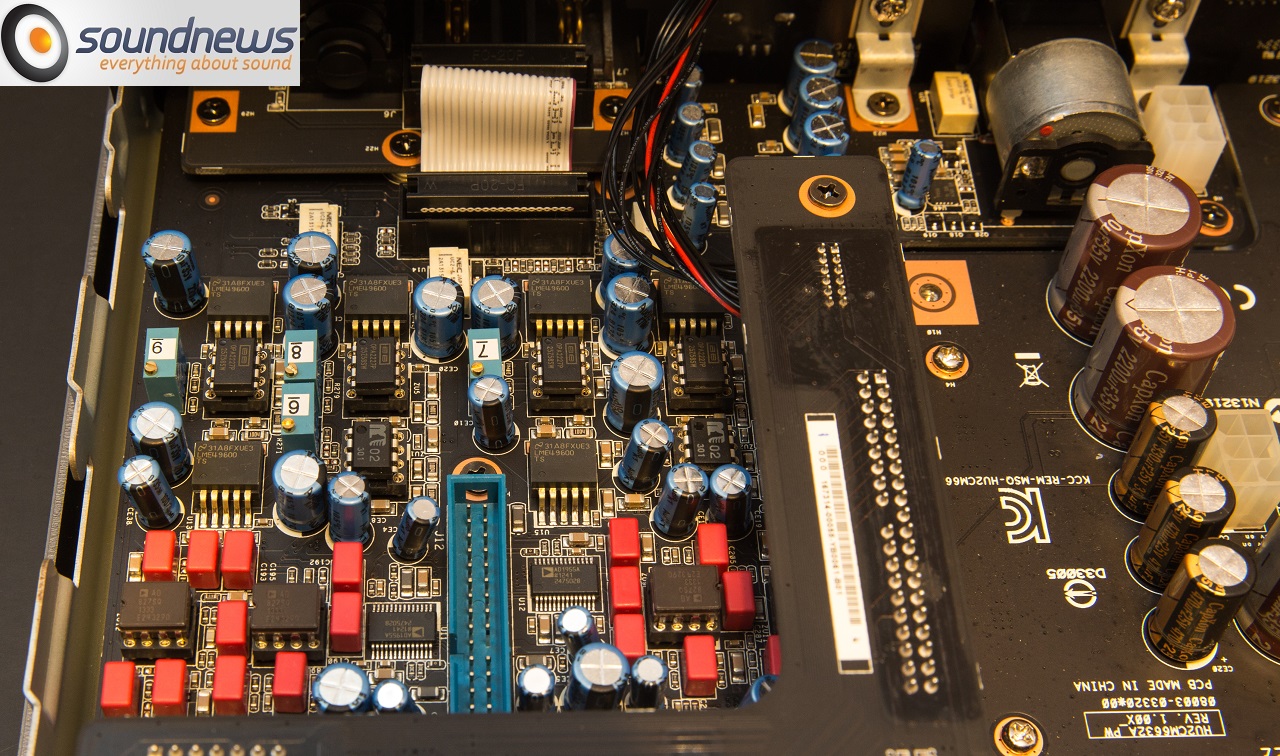
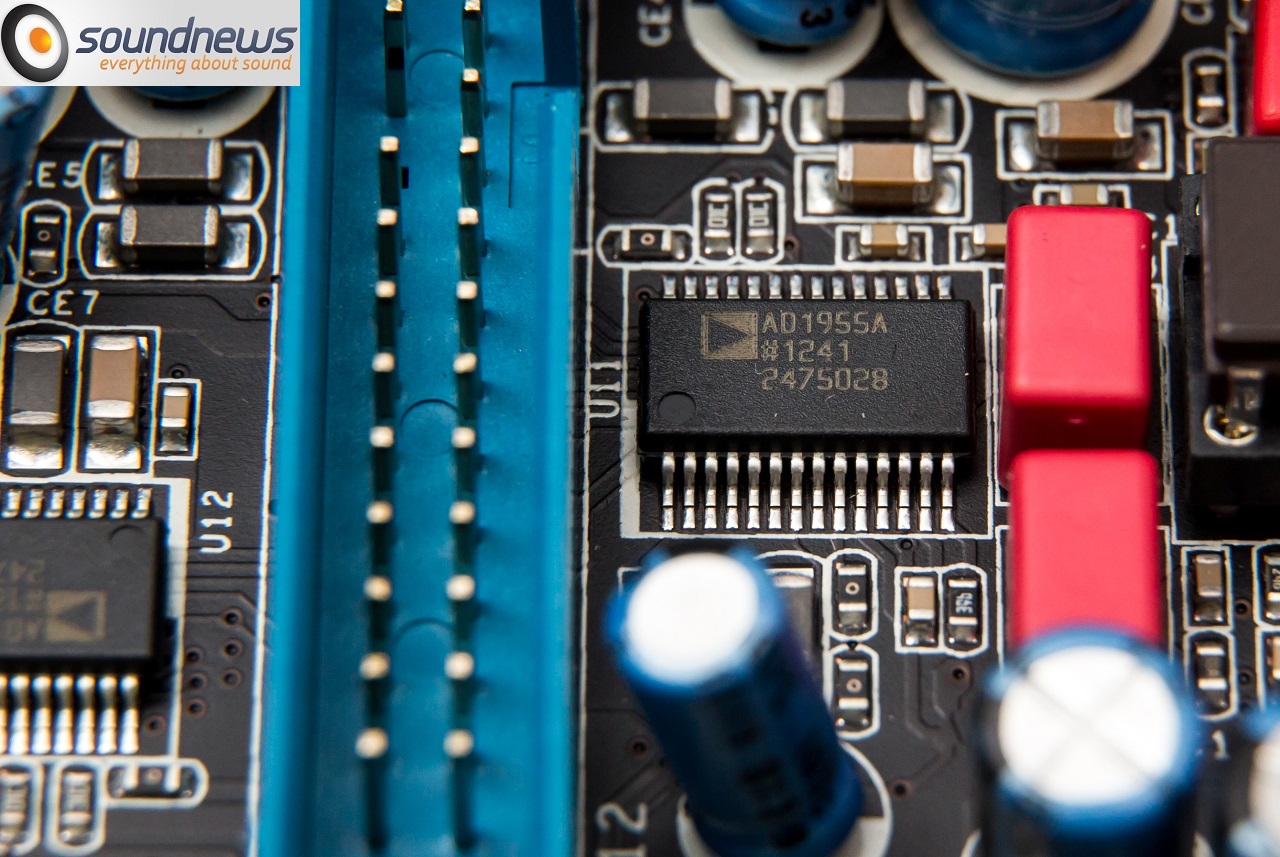


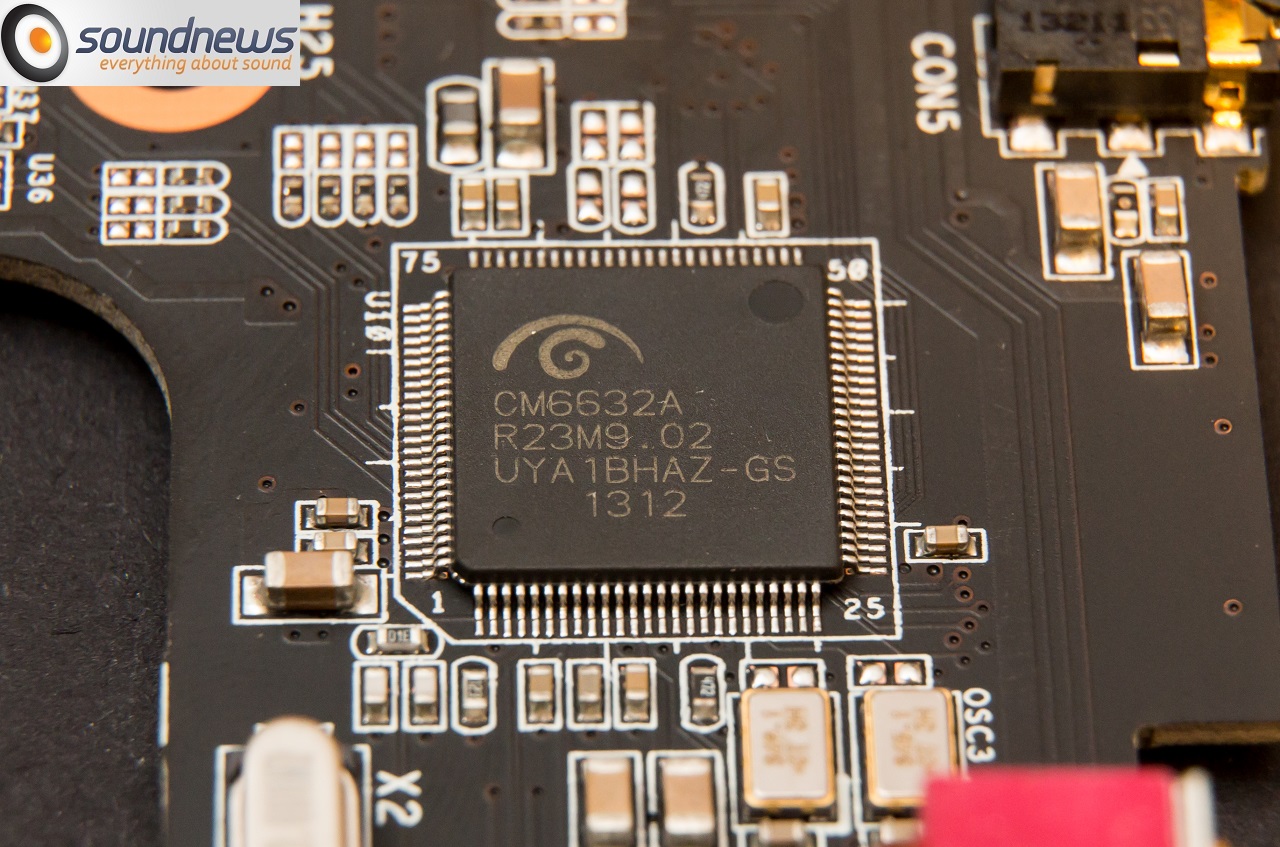
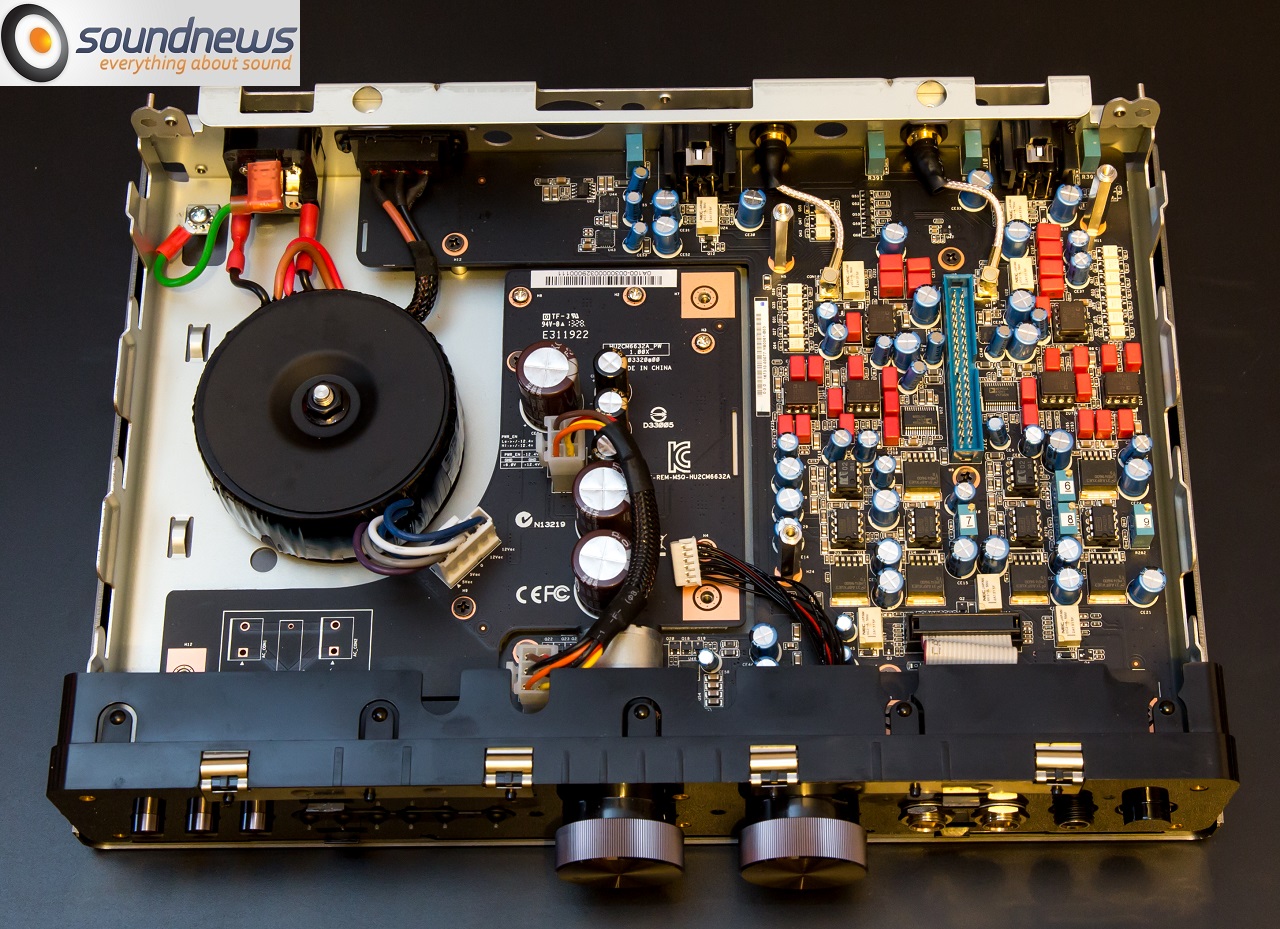
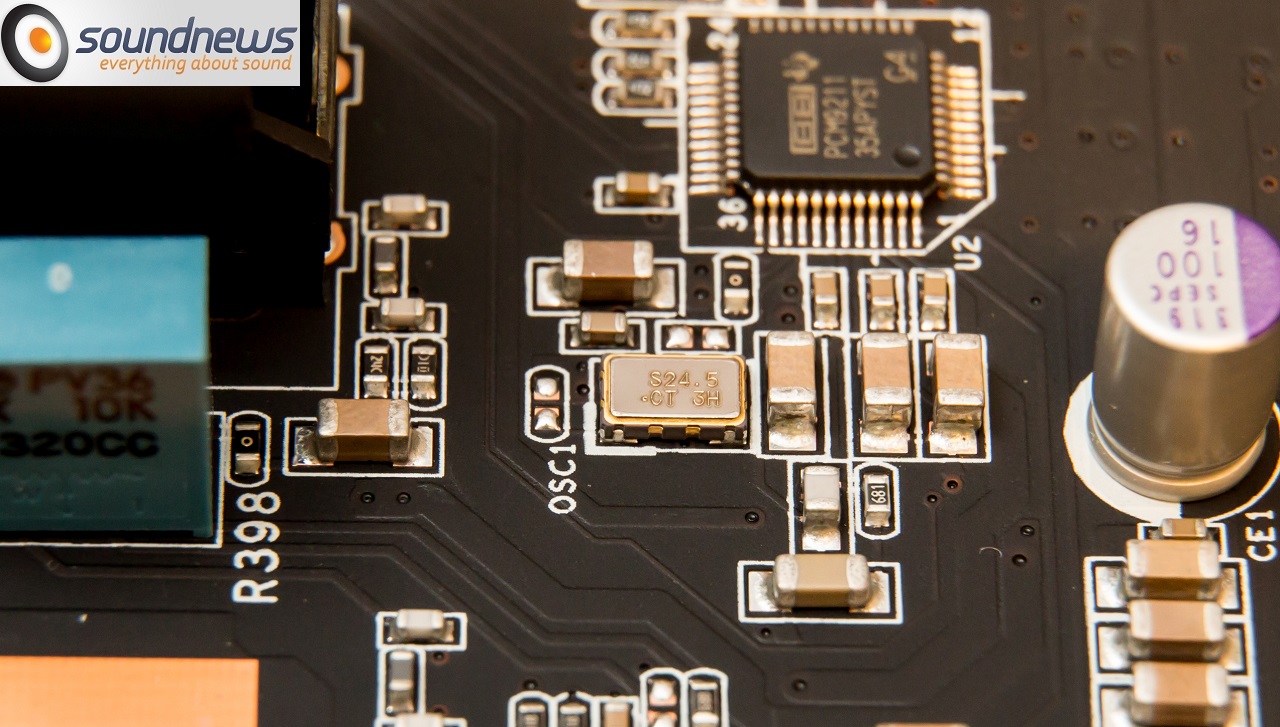
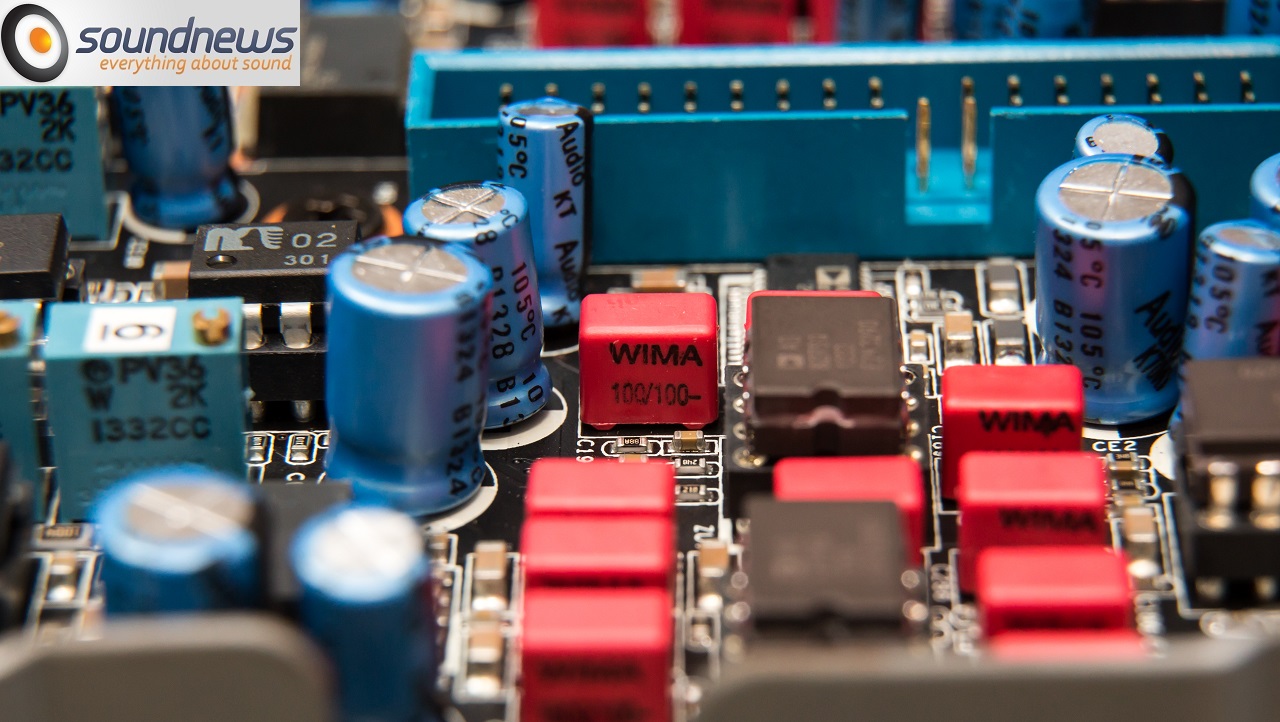
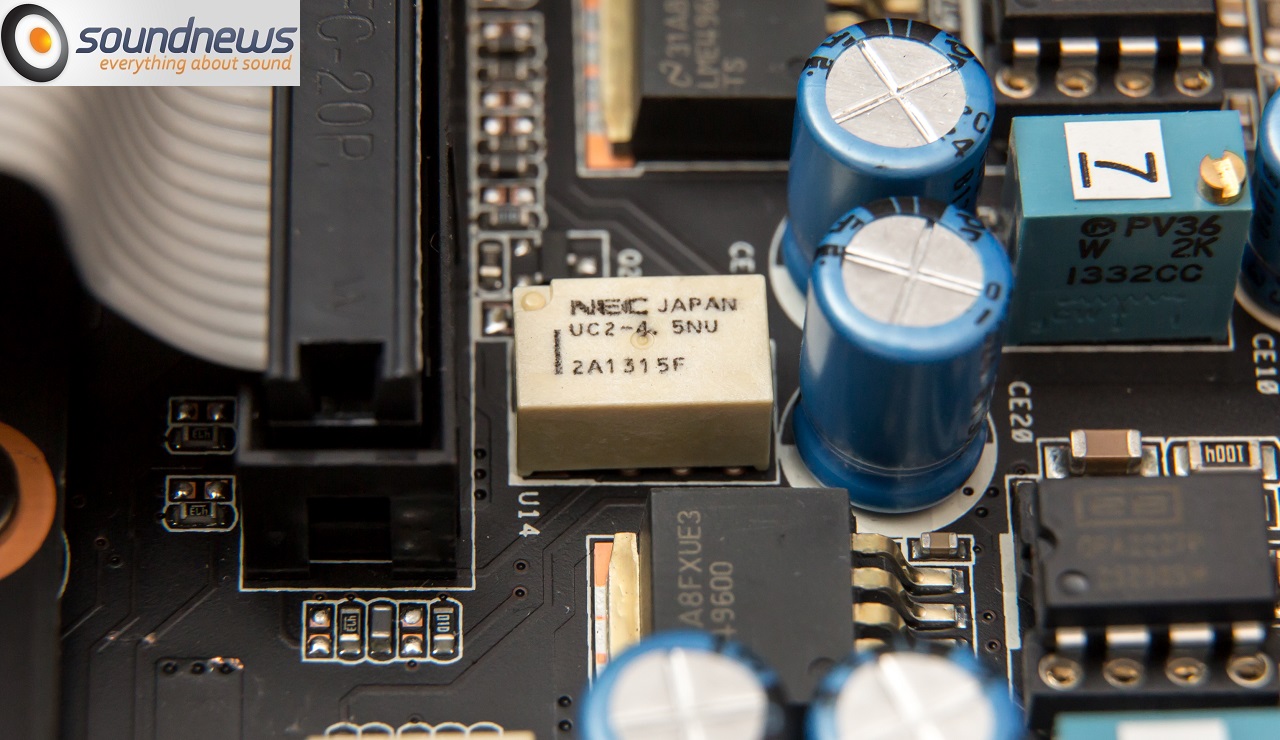
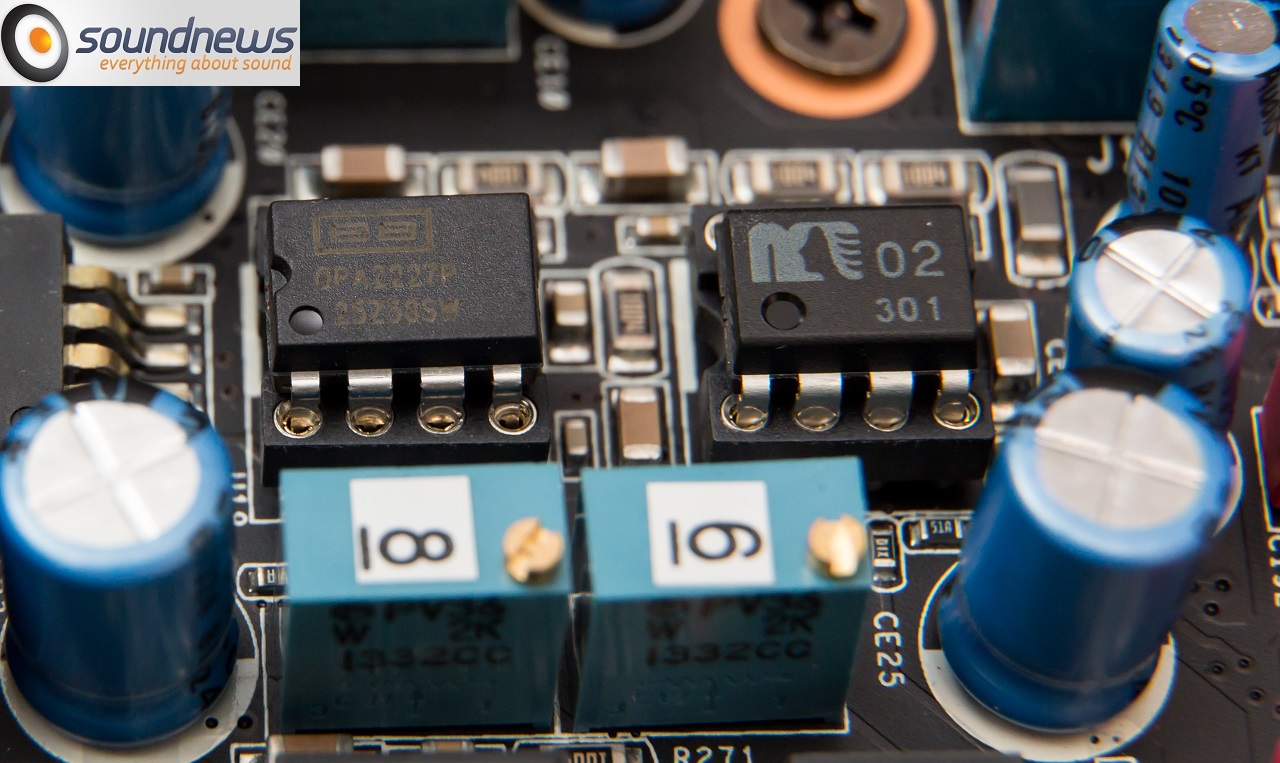
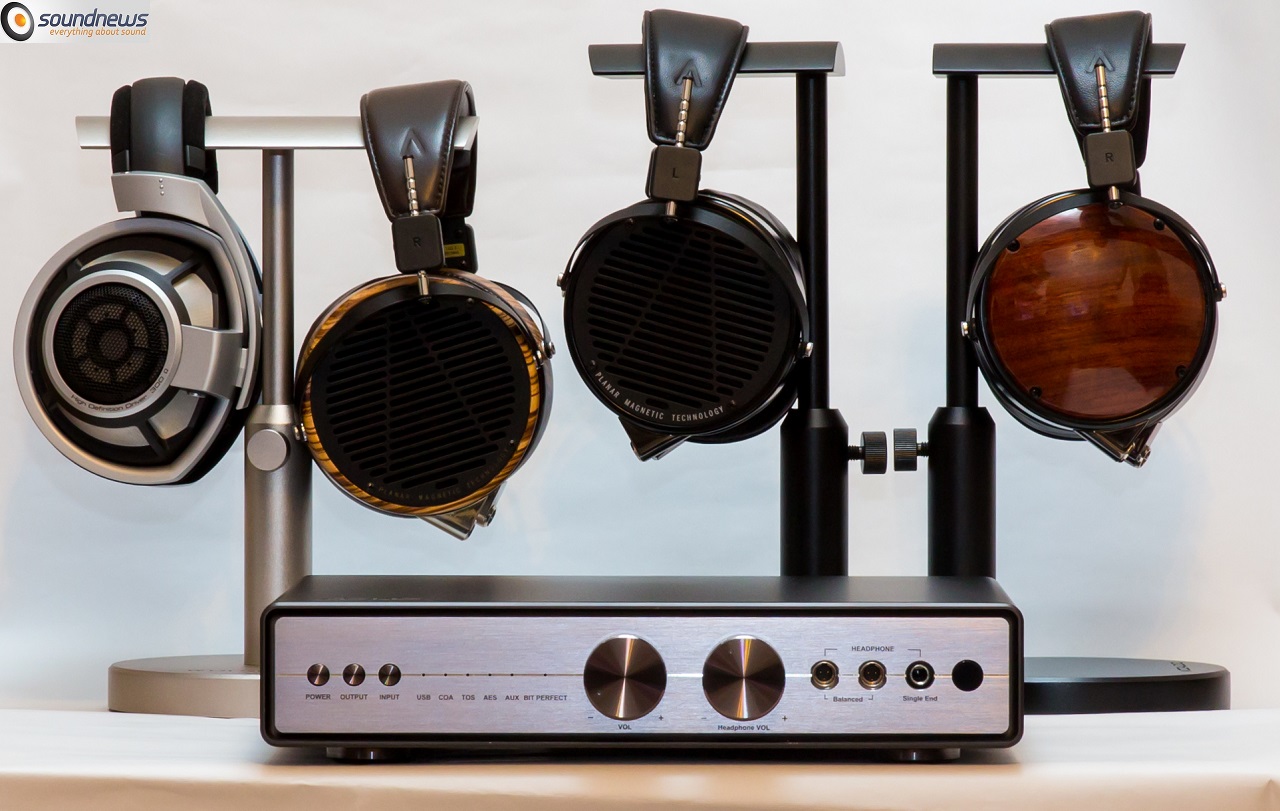
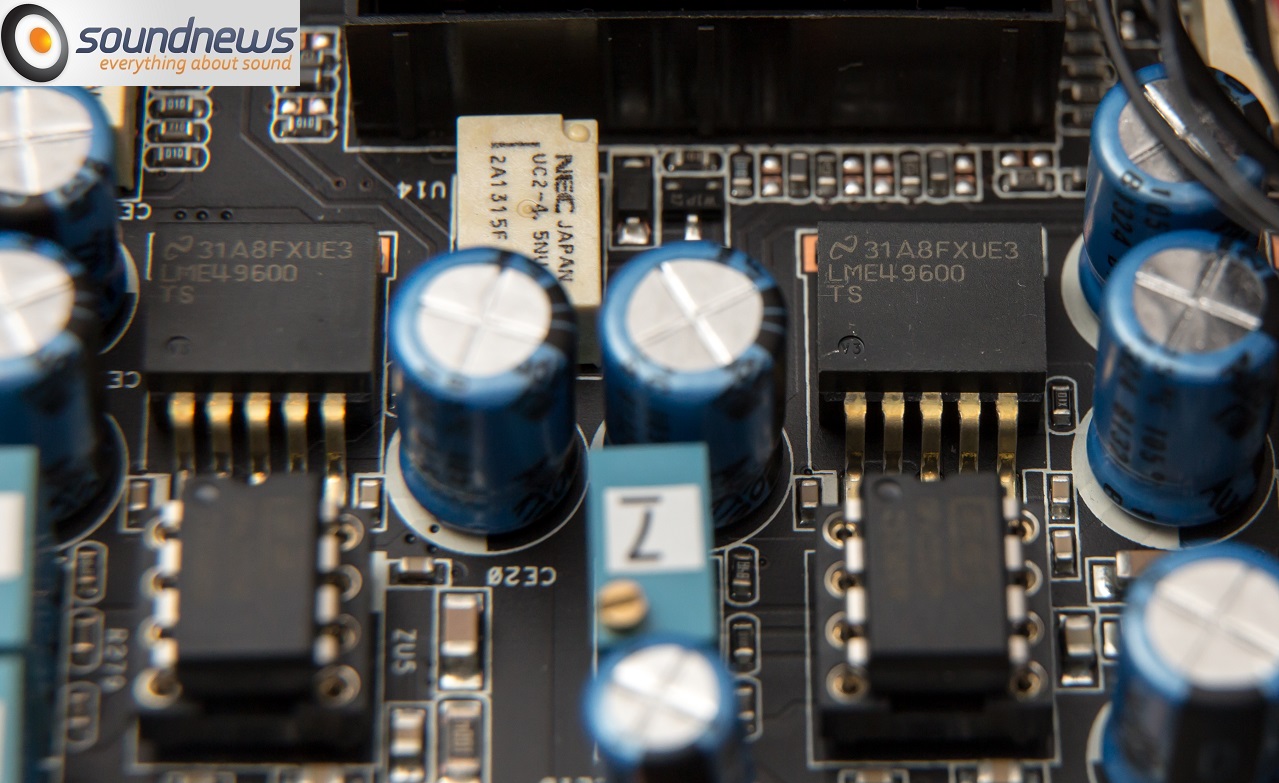
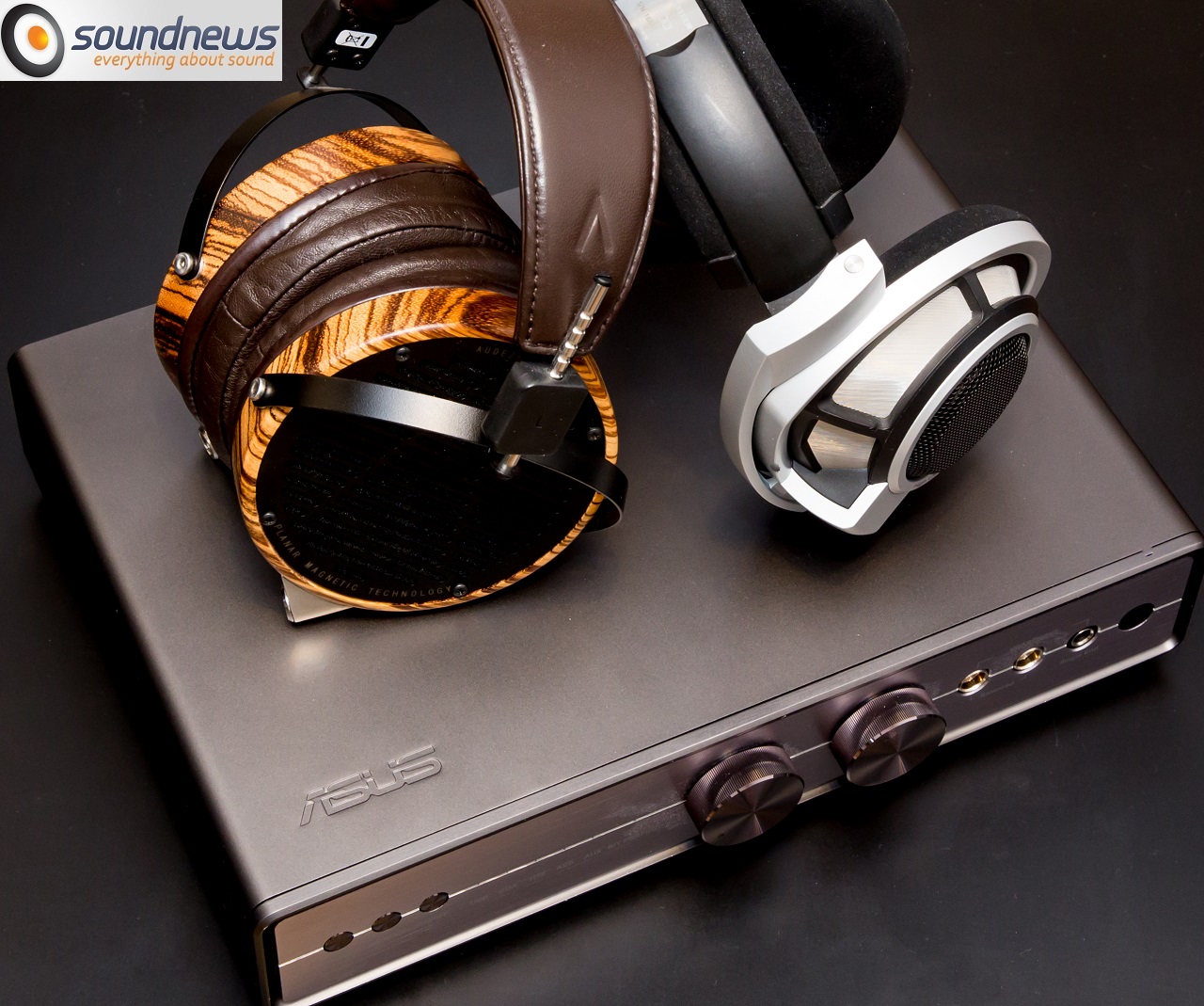
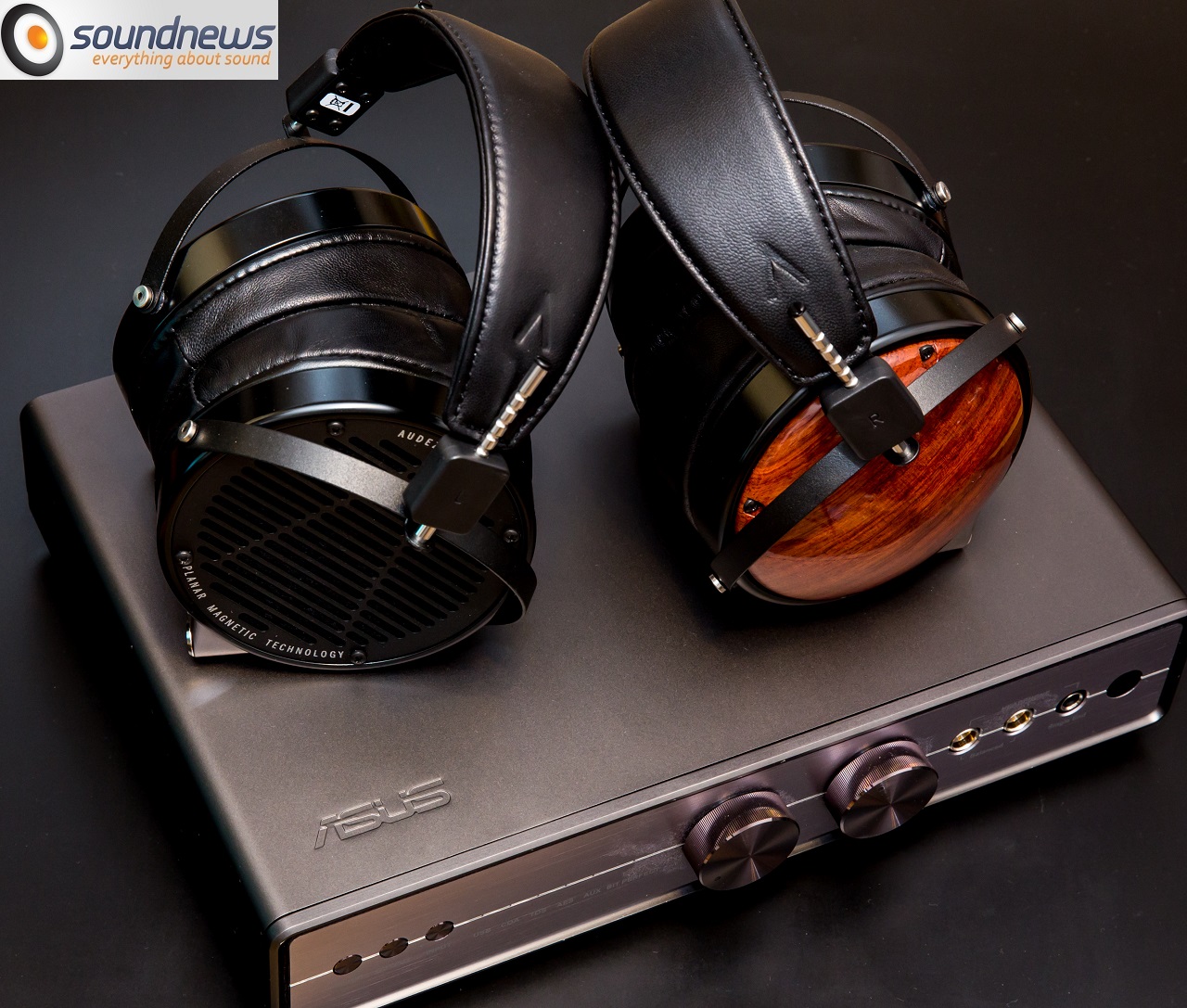
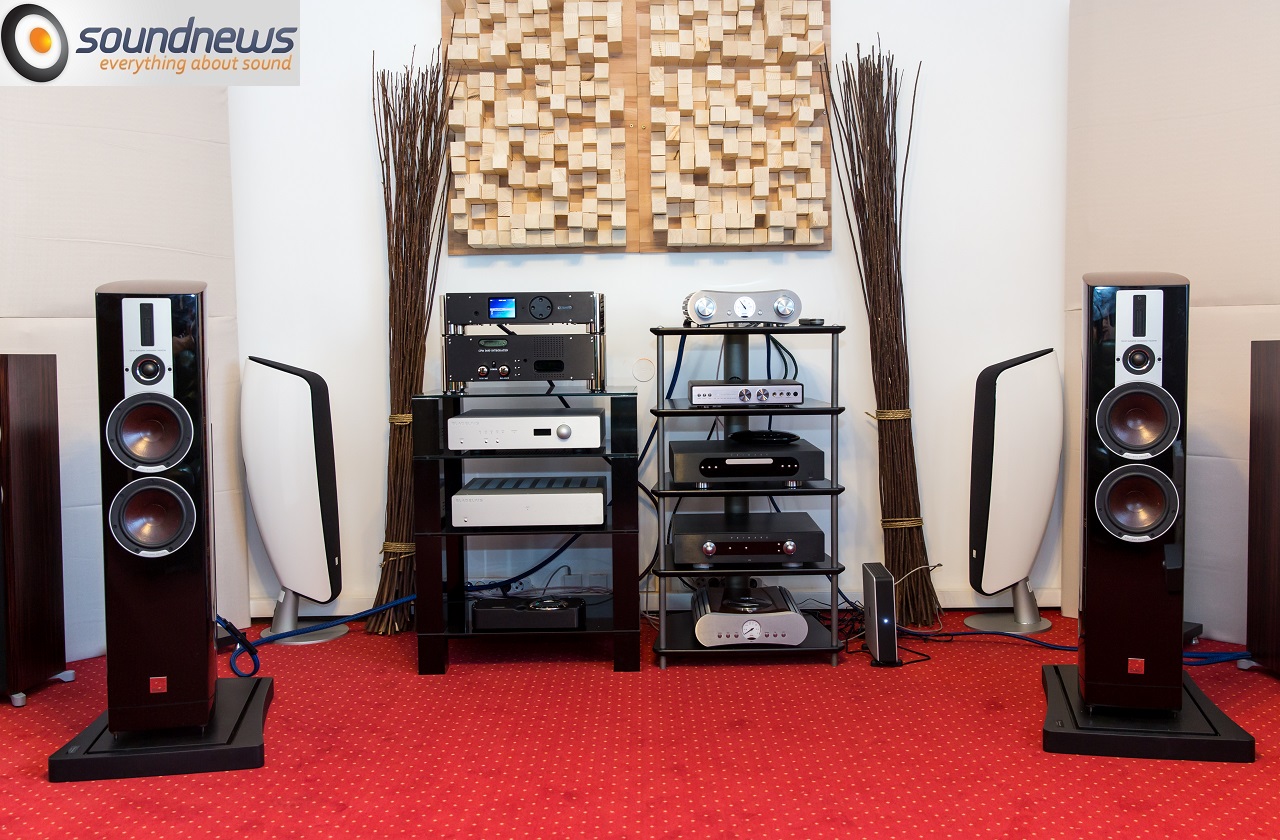
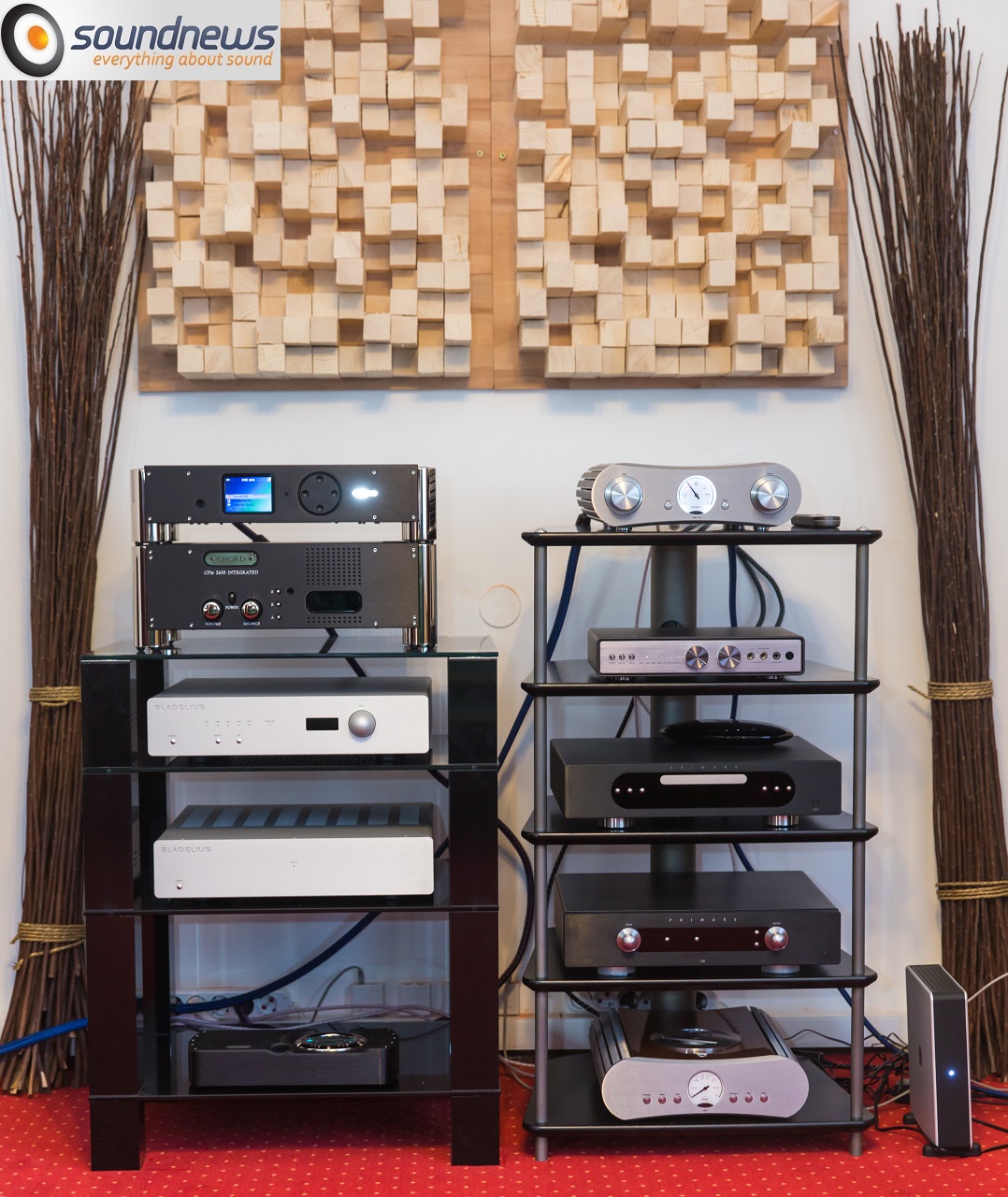
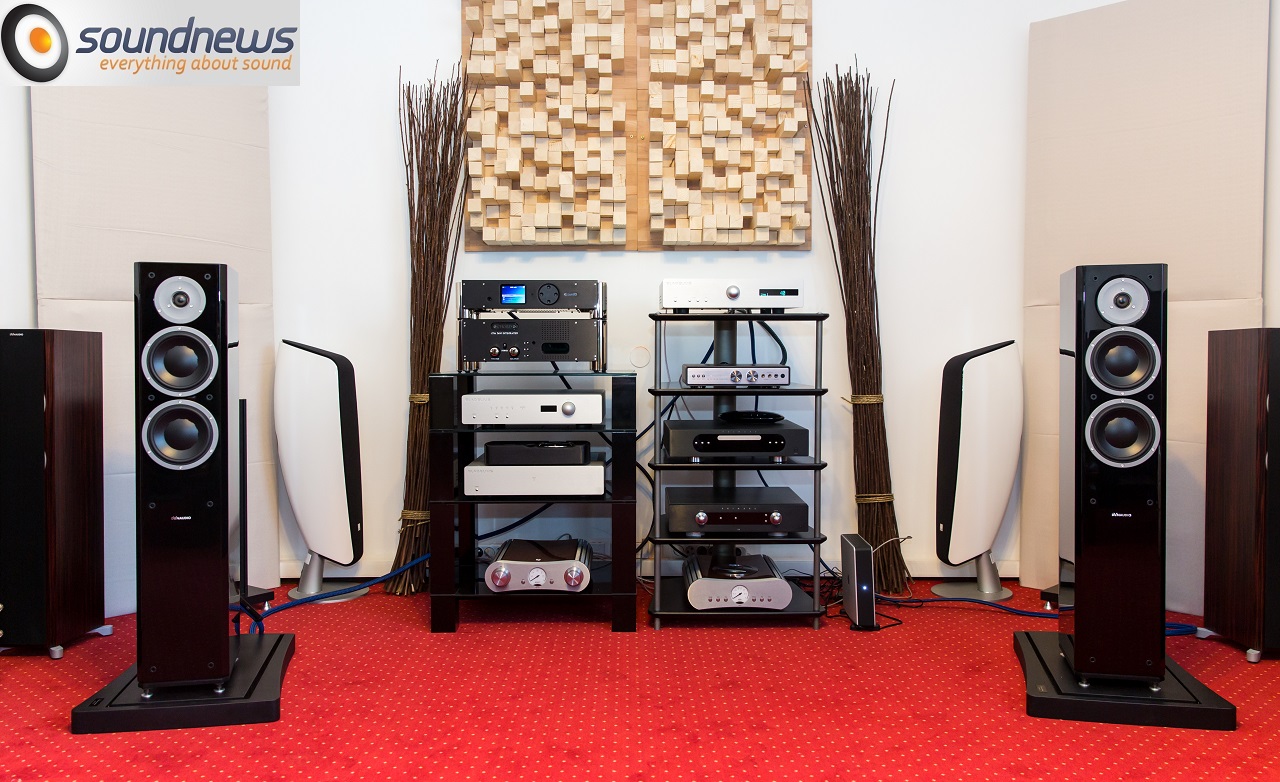
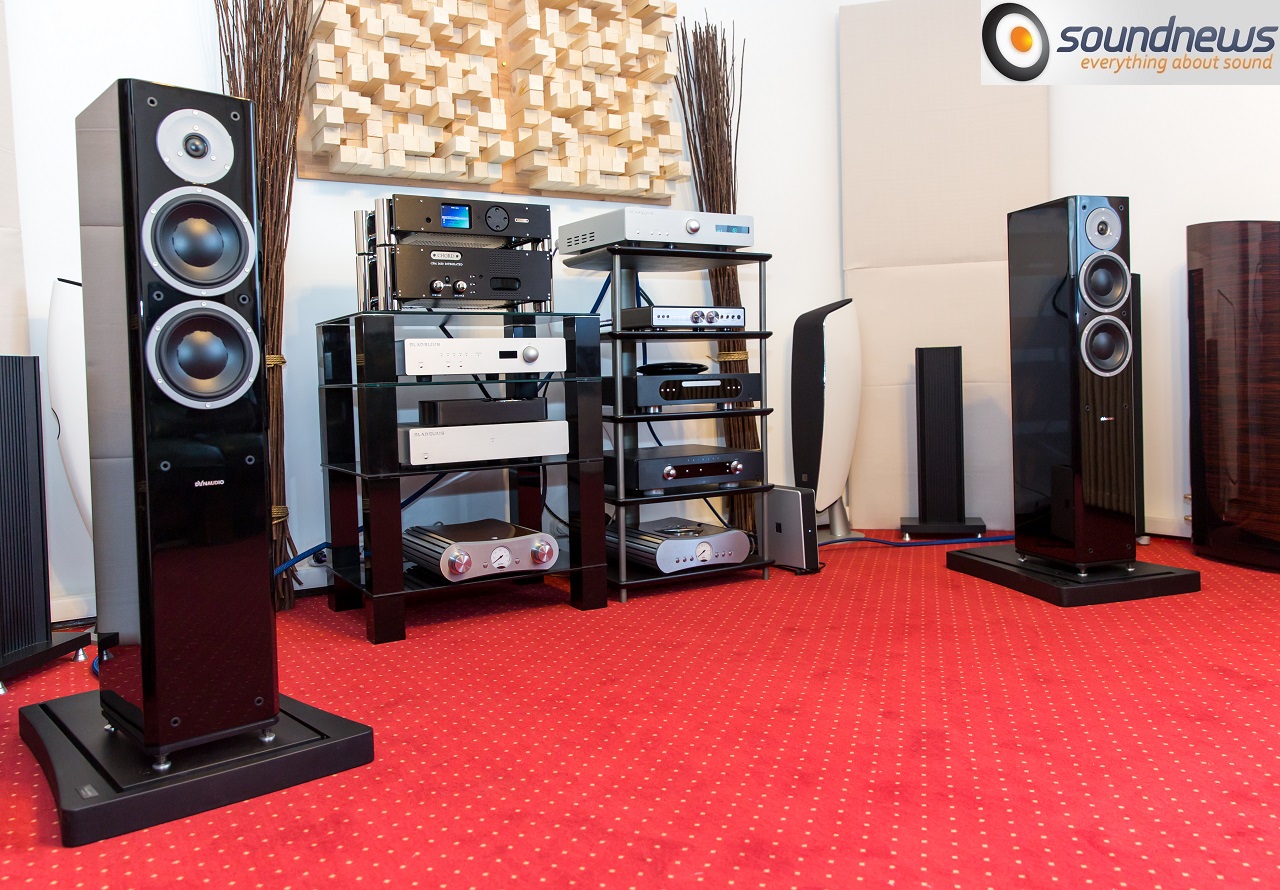
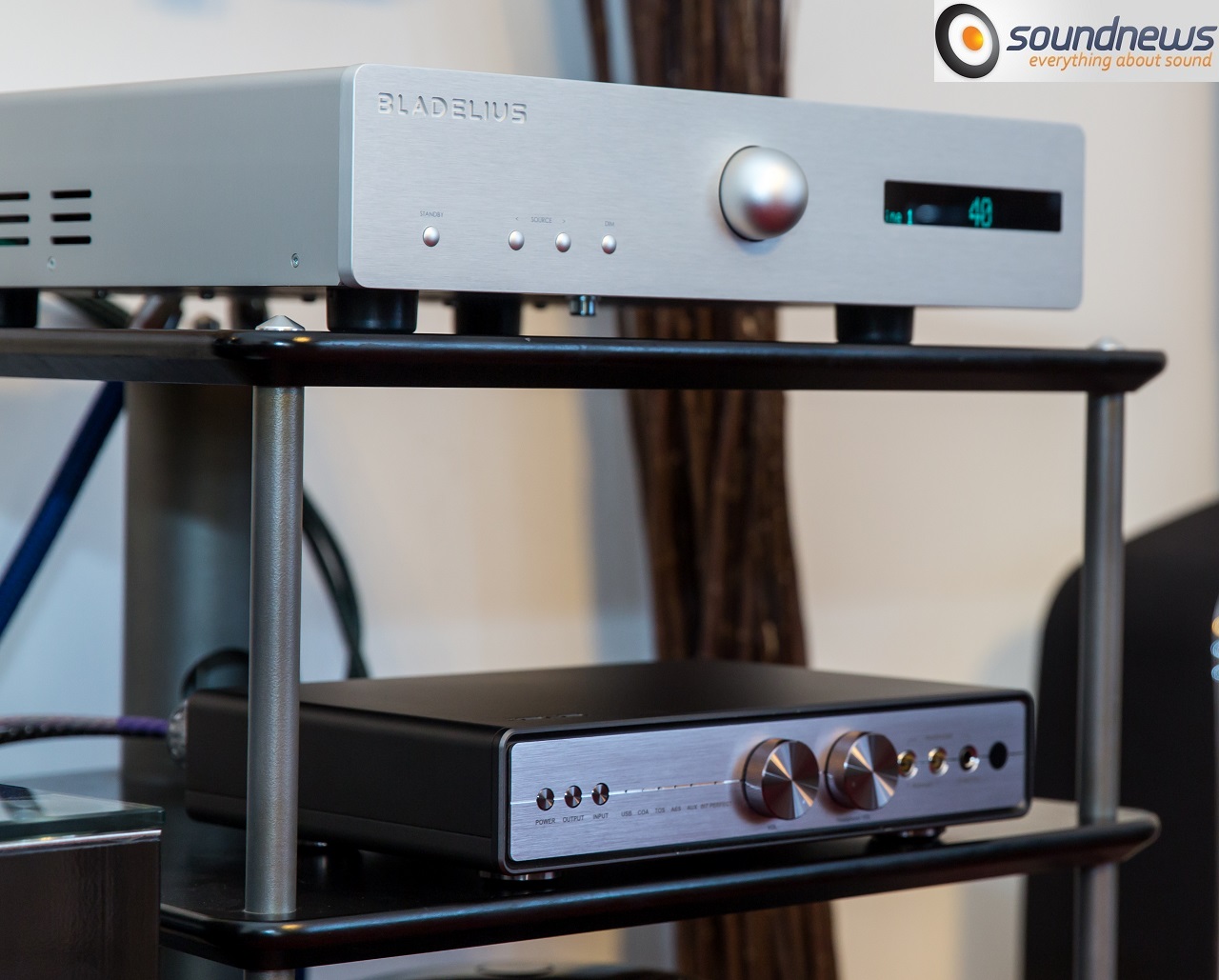
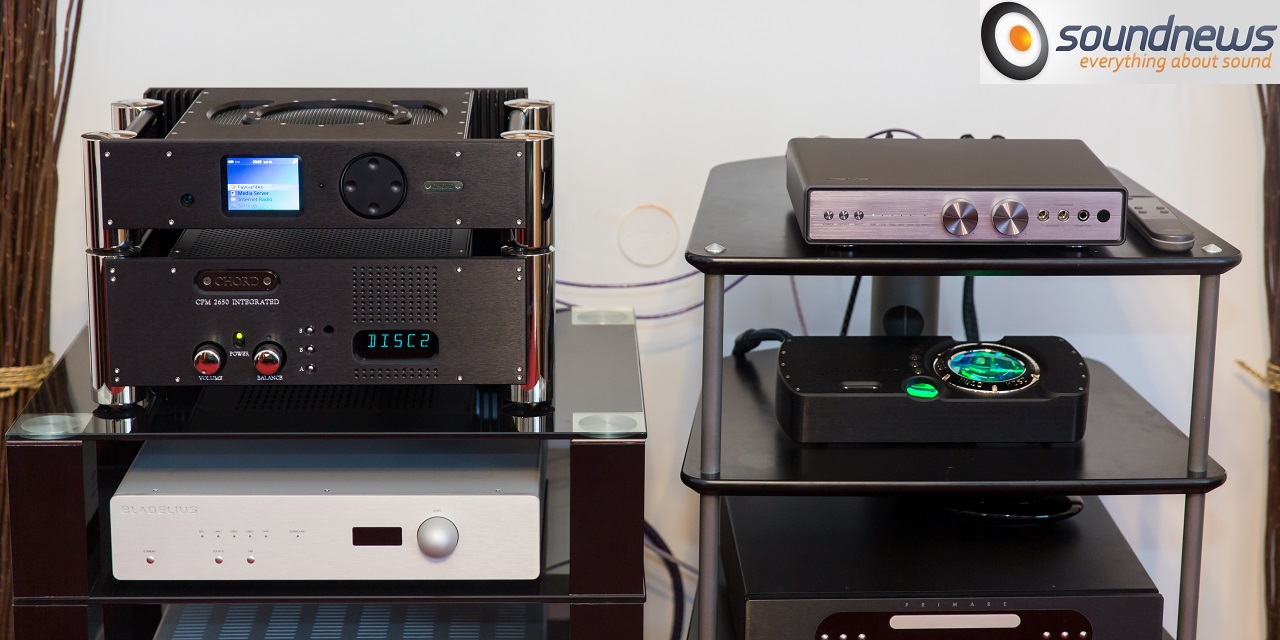
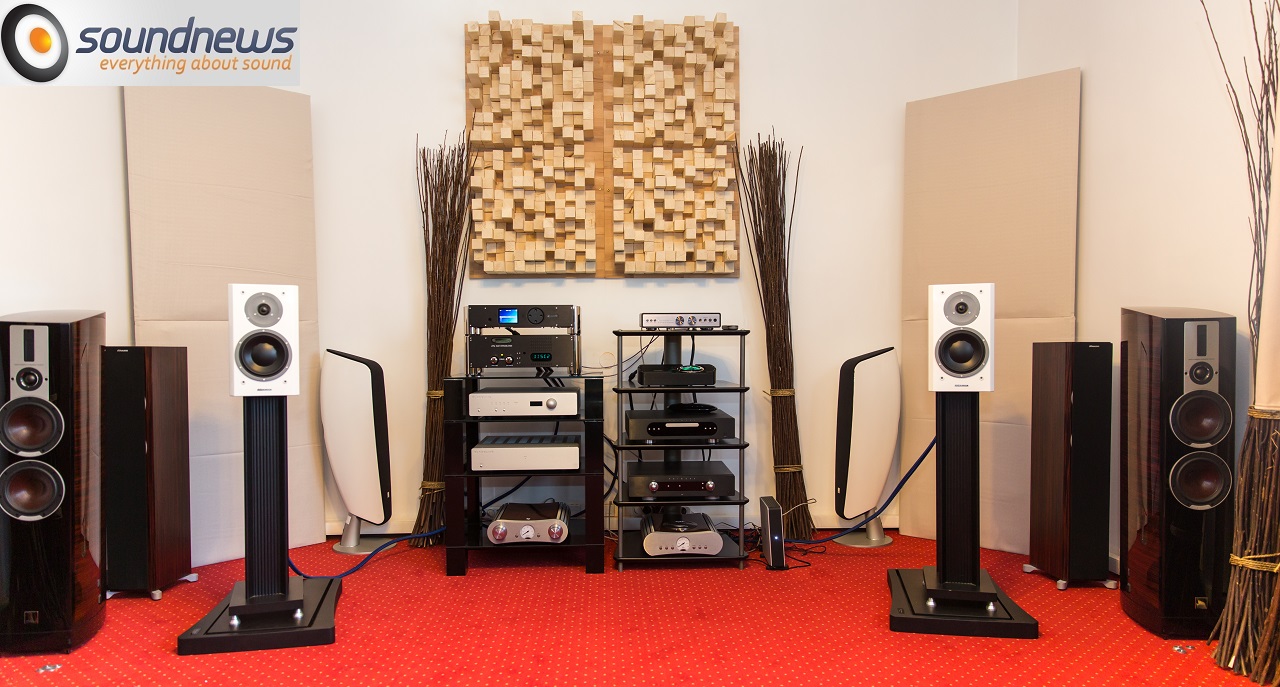
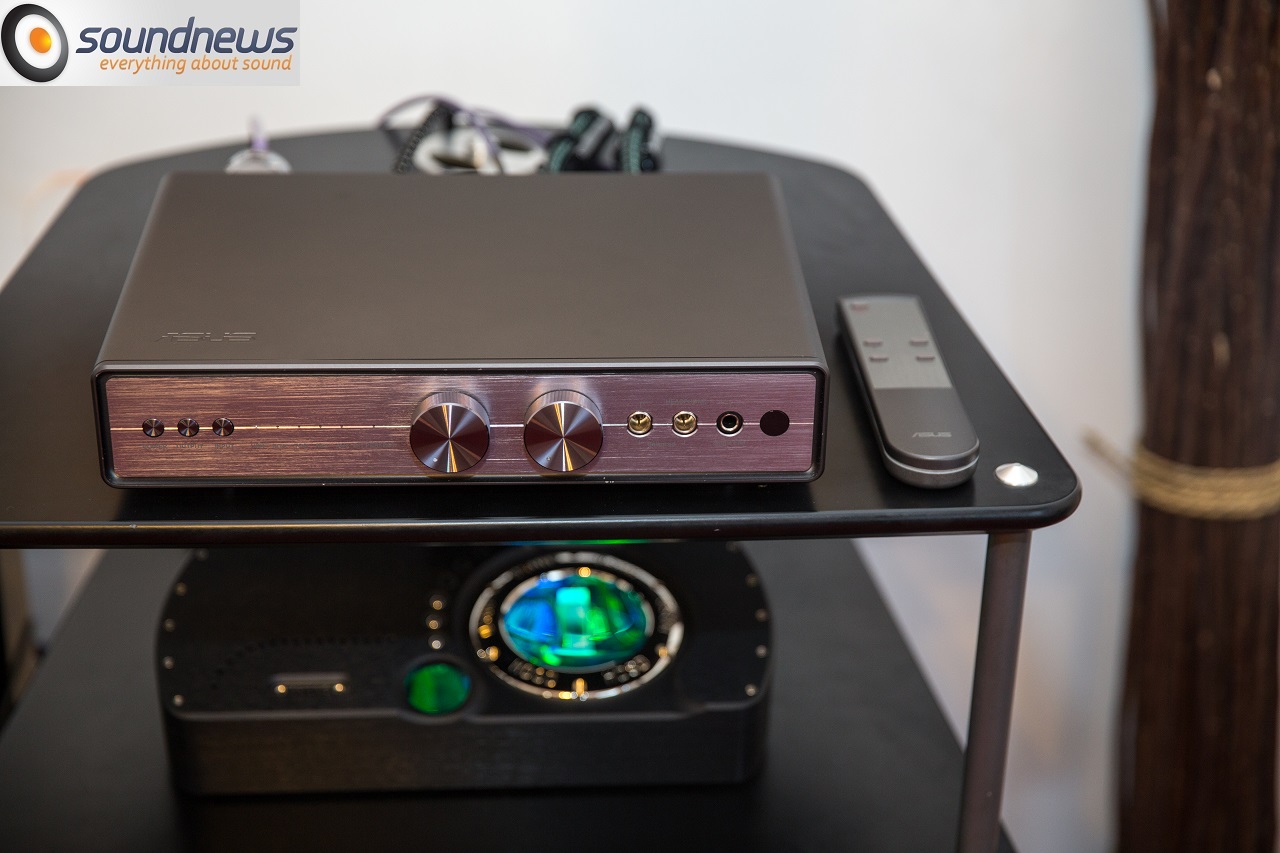
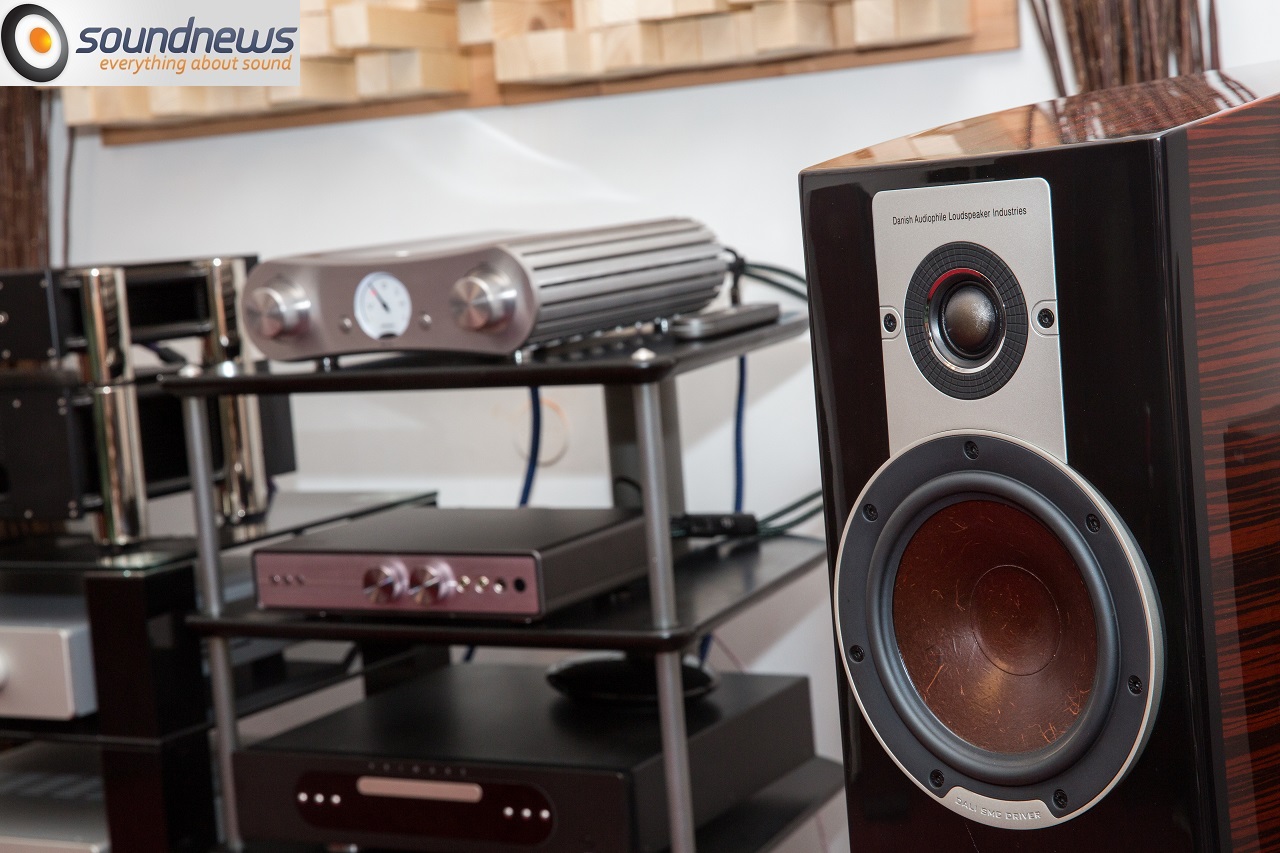
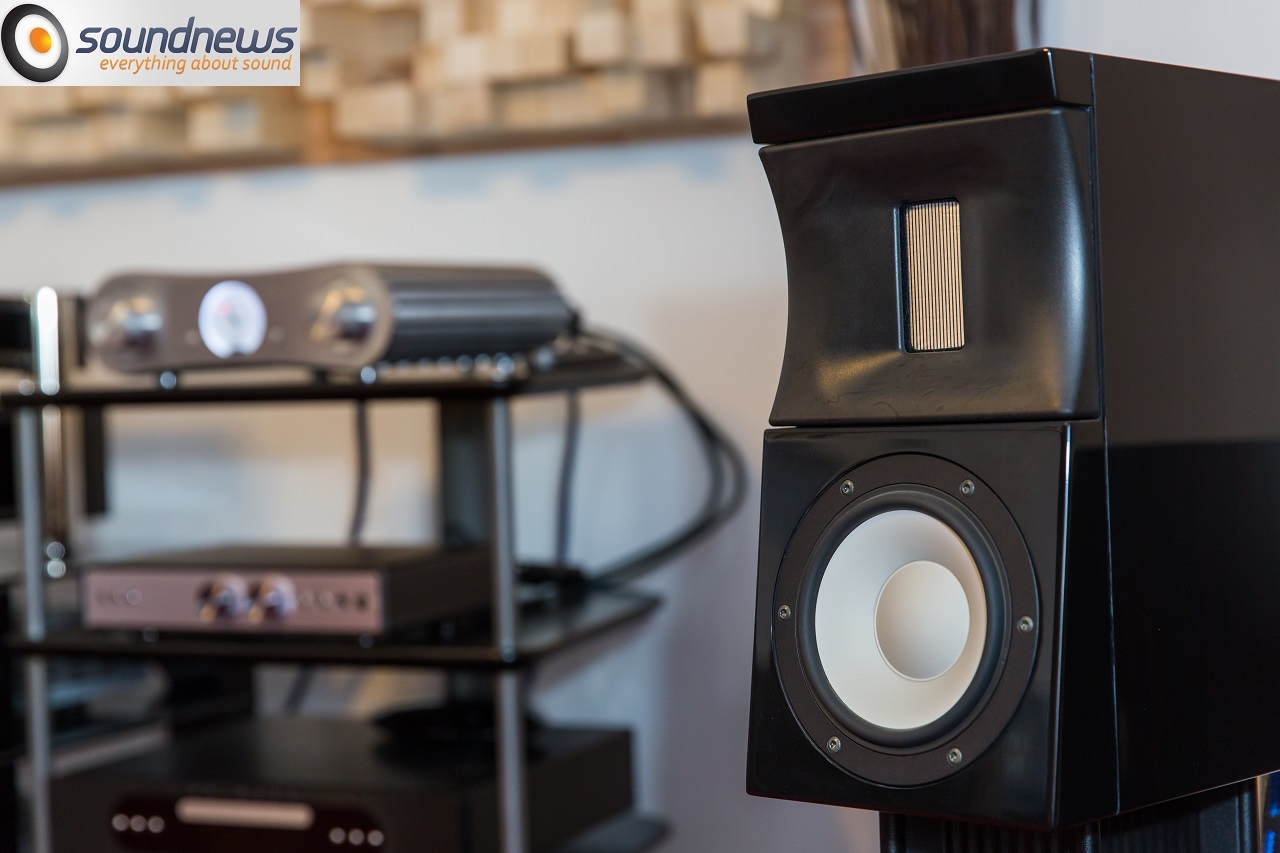
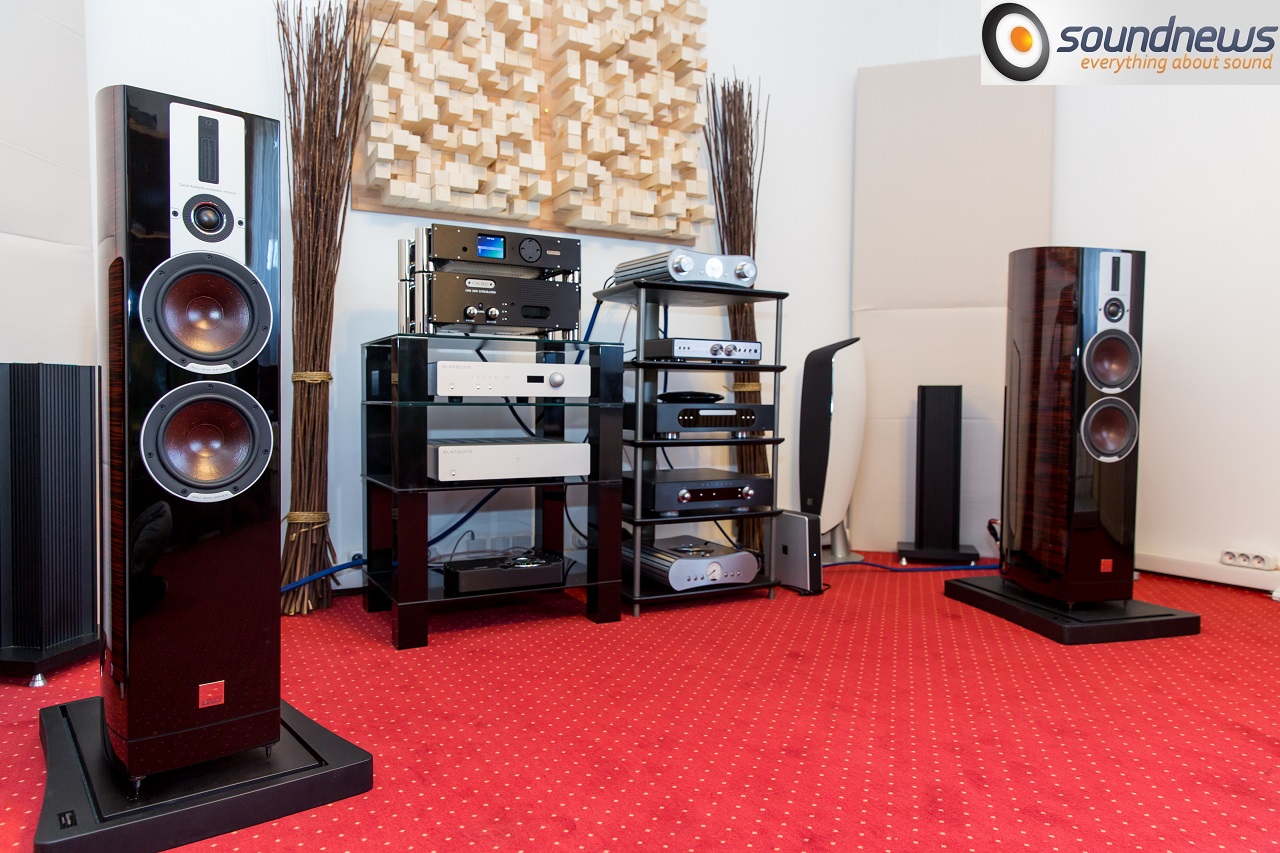
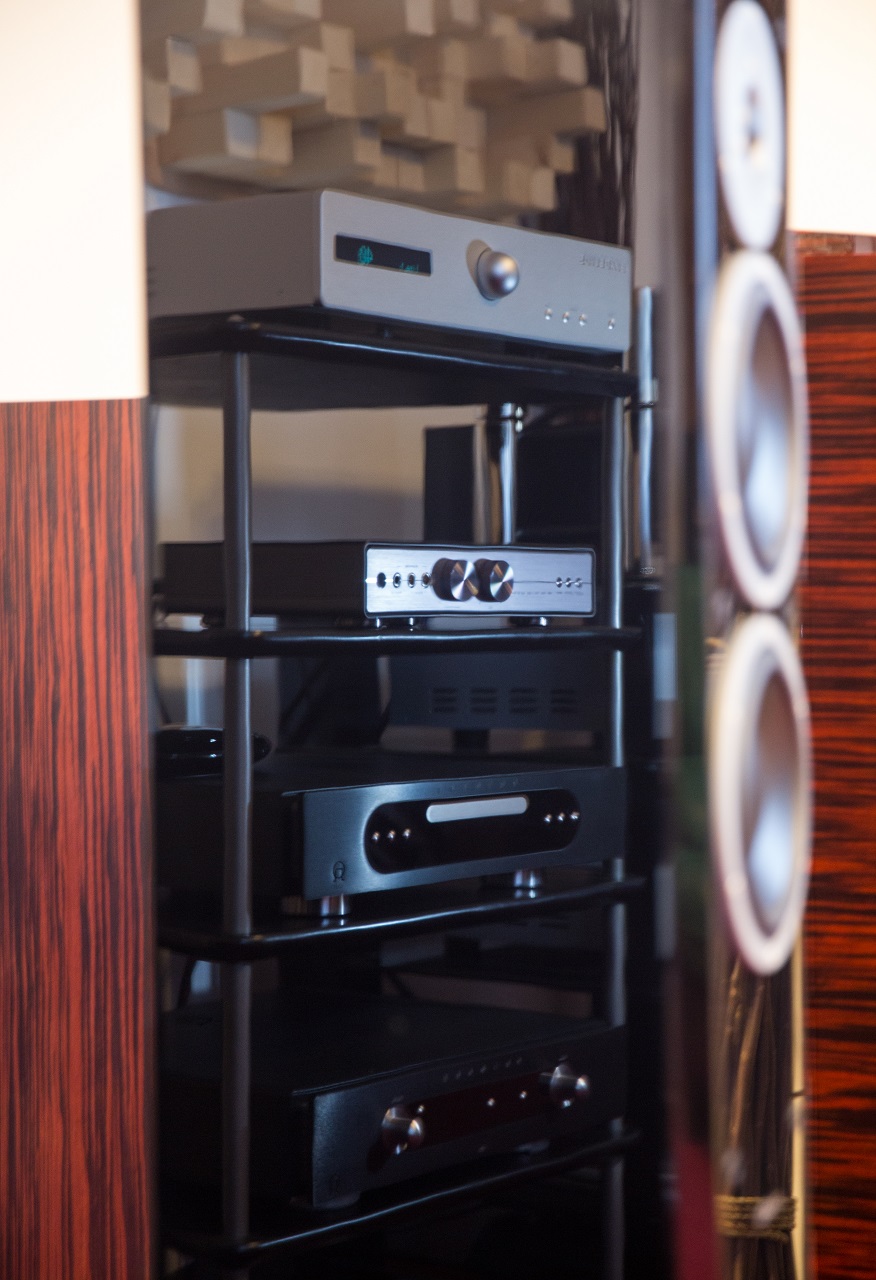
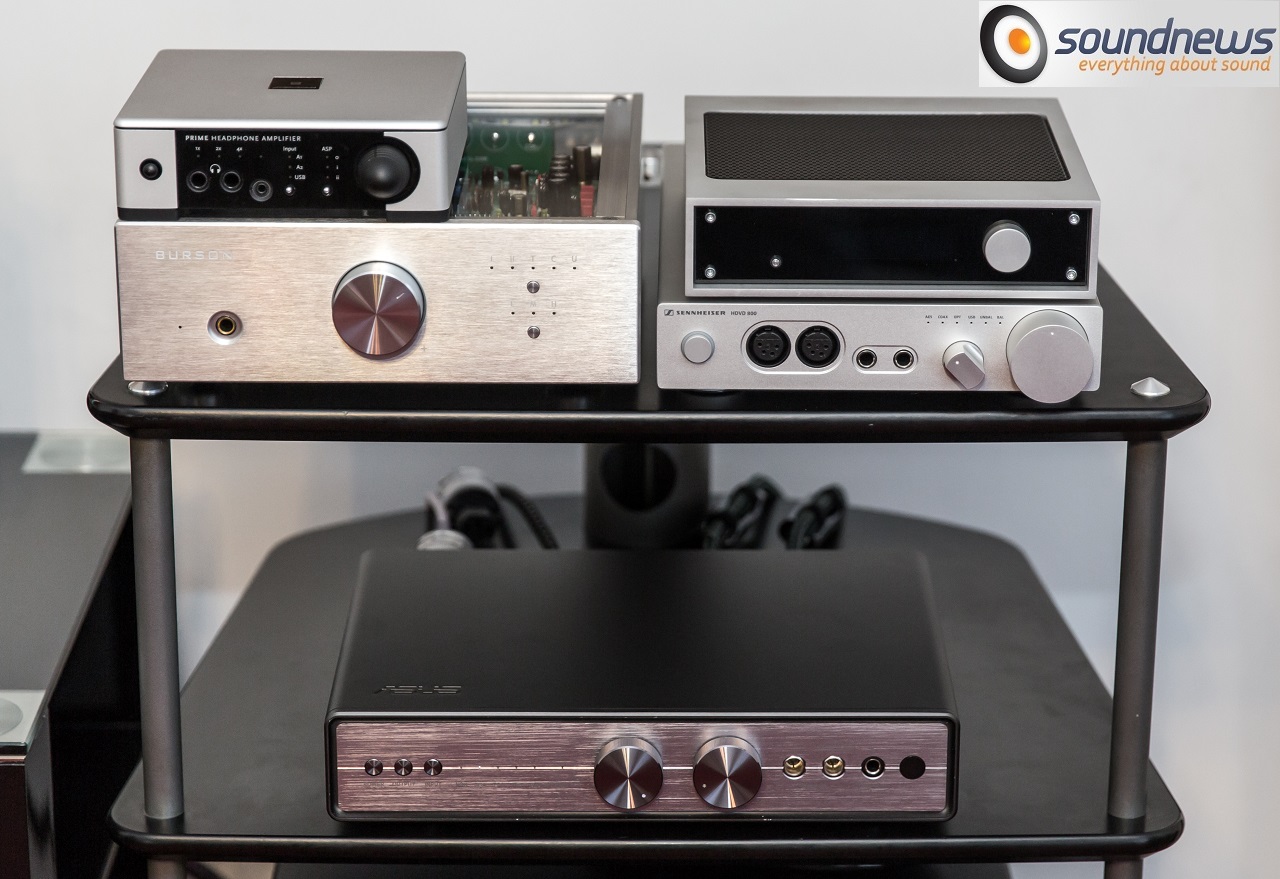
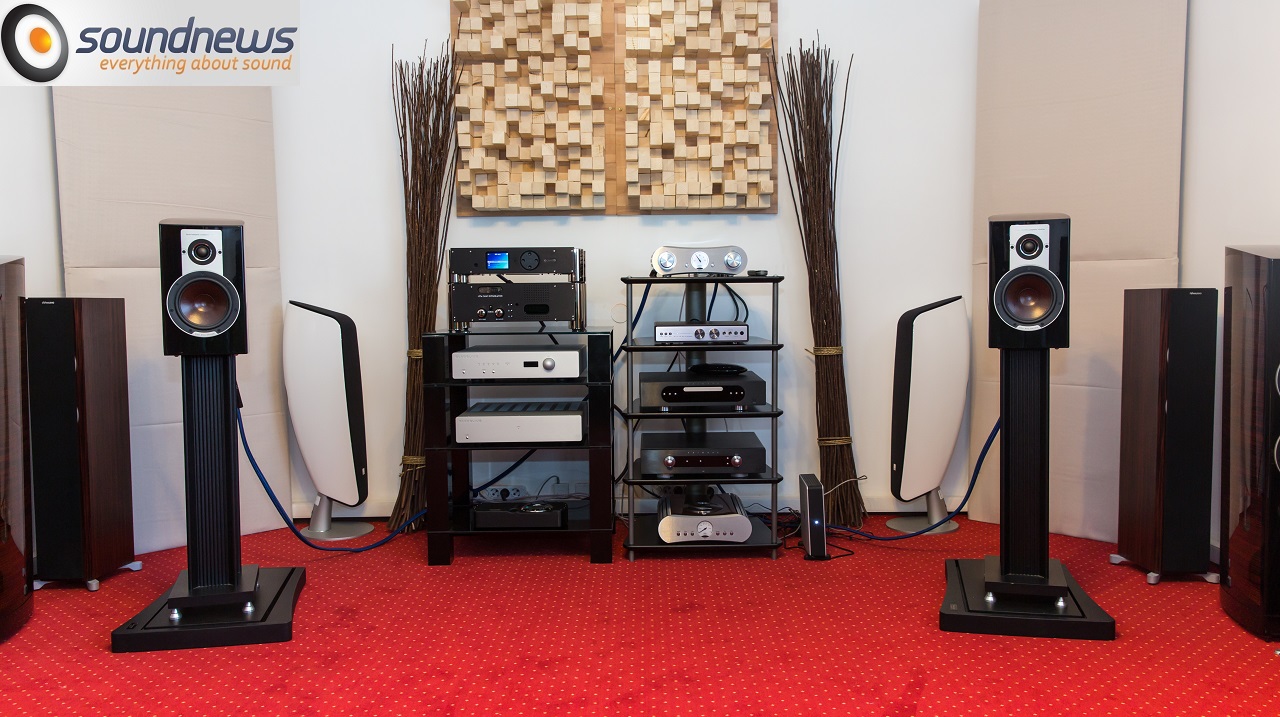

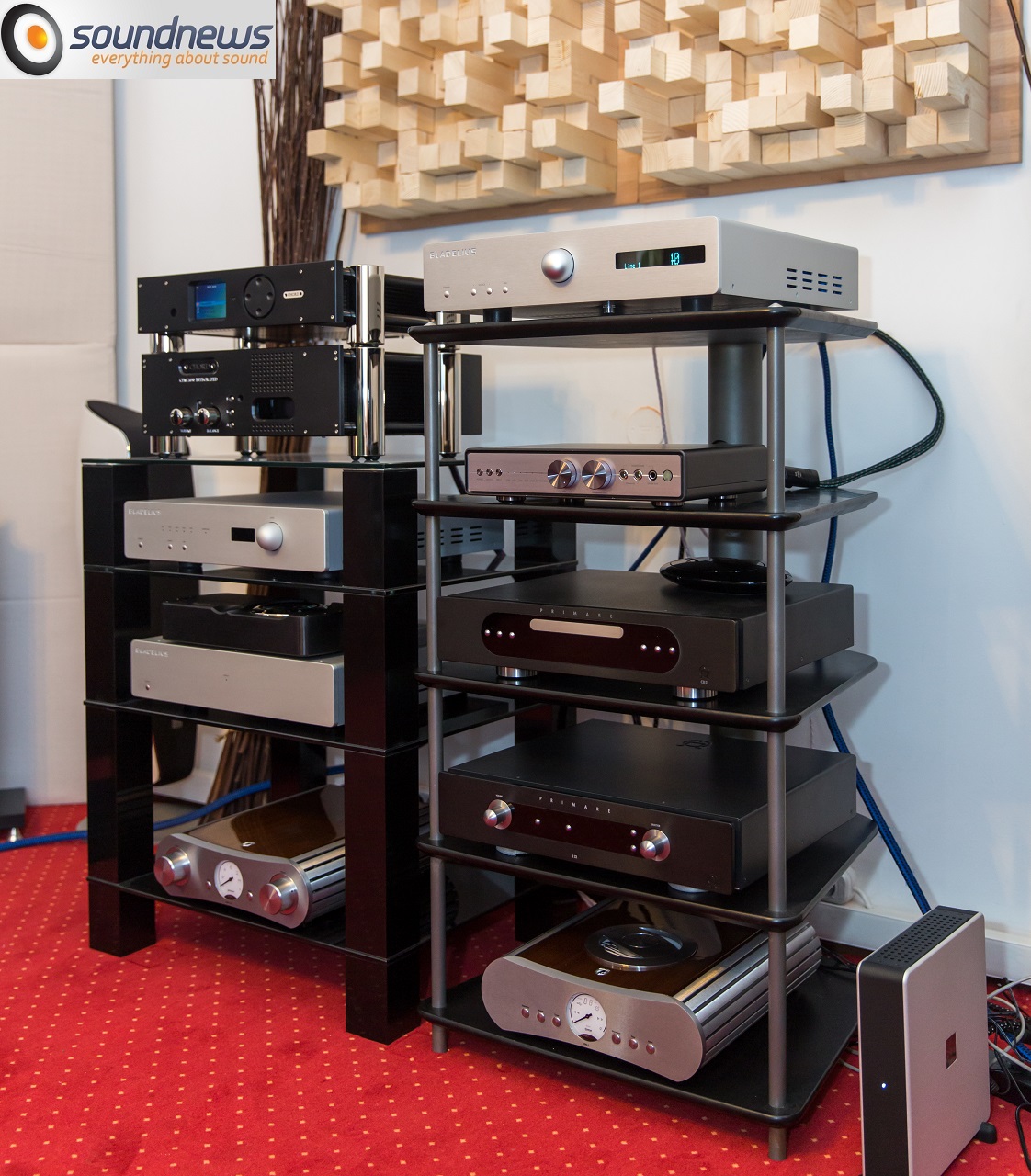
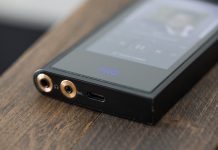
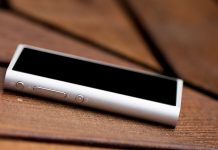
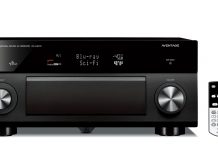
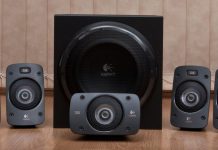
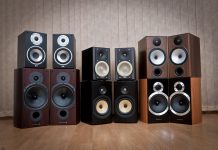
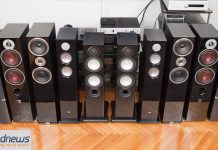
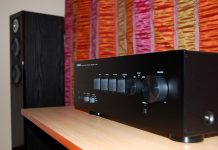
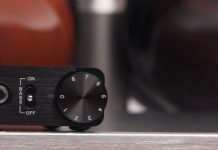



An excellent well written comprehensive review.
Can you please elaborate on the „wrong implementation of balanced outputs” ? In what ways it went wrong ? Is there any ways like for example some after market adaptors to „right” this wrong implementation ?
Another cons is ” the Dac is not at the same level as the headphones’ amplifier”. Can I assume you are saying that the amplifier is of a higher standard than the DAC ?
Also how does this new Asus DAC/AMP compared to the Asus Muse Edition in SQ ?
Thank you and best regards.
Hello Tanaka
All amplifiers are equipped with XLR outputs using XLR 4pin version or variant 2 x 3pin XLR. Nobody uses 2 x3pin mini XLR and therefore there is such a cable. Those who have balanced cable 1×4 pin can not use headphones with Essence III. Those who have balanced cable 2×3 pin can use Essence III but only with the adapters. Nobody wants to pay 1500 Euro on an amplifier, another 1,000+ euros for headphones and 500 euros for a good balanced cable to be used with adapters. That mini XLR decision was really bad.
Yes, the amplifier este on a higher standard that the DAC.
Essence III is better than Muses Edition but not by a huge margin.
Hey Savu,
Thank you for a comprehensive and richly illustrated article! I’ll certainly check back your site in the future!
Greetings from Switzerland
Tnx a lot for your comment.
Absolutely wonderful – now tell us where we can buy one in the United States!
So many good audio products seemingly can not be found here!
If it is not for the U.S. market – then don’t bother reviewing it!
Hi Savu
Can you please tell me if I can connect a Phono Box phono stage to the AUX IN and output fully analog to XLR out to active speakers or headphones?
Thank you
Hi Savu
Btw, I forgot to ask you: Would you buy one at this moment, or do we expect a new model after three years on the market?
Thx
Dan